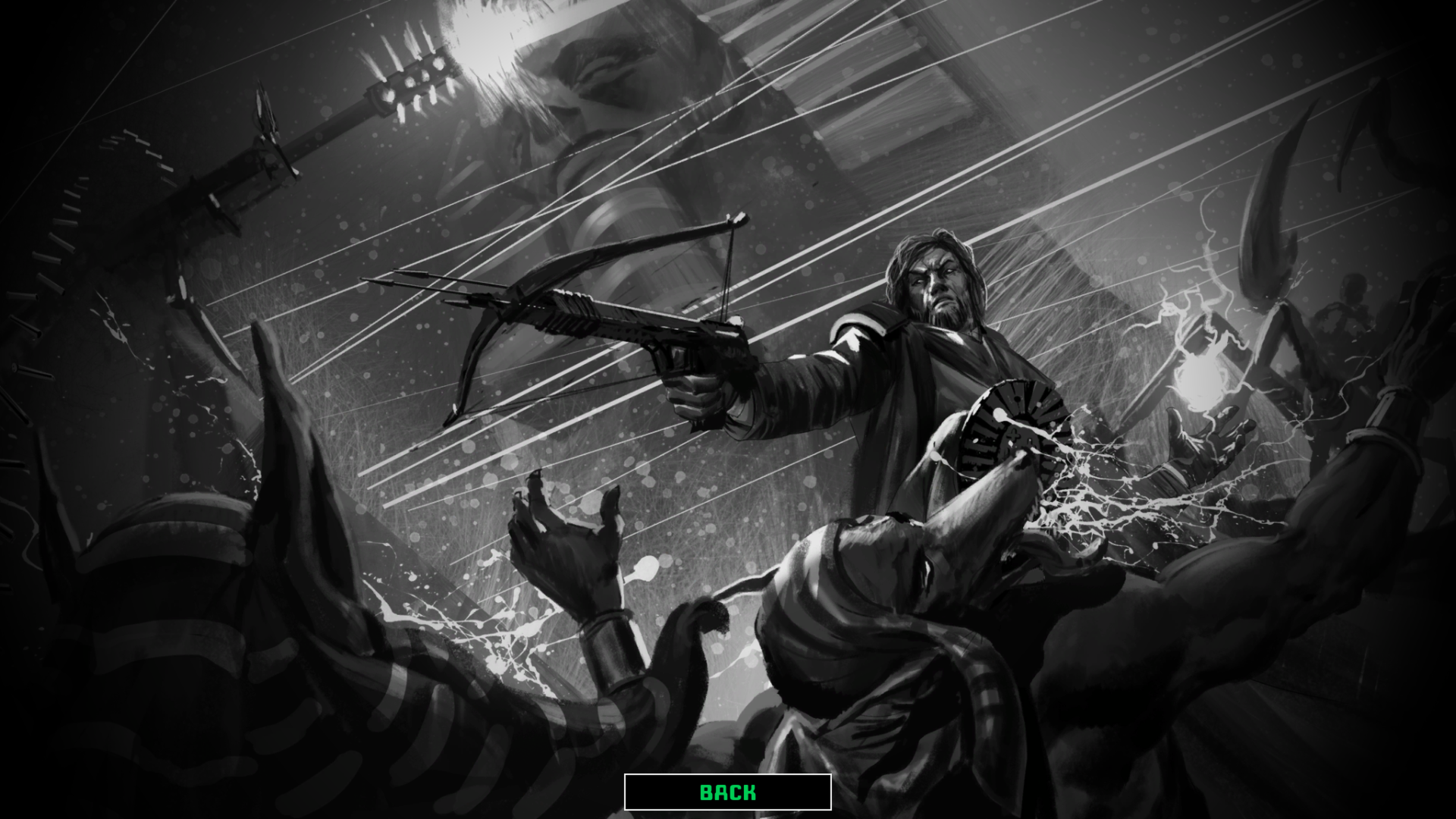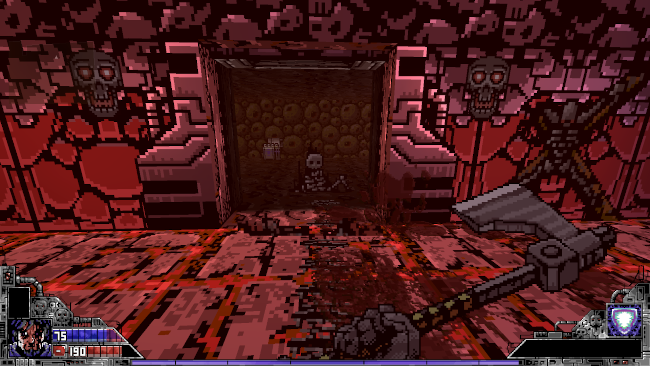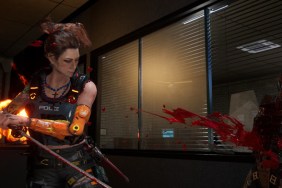Wolfenstein 3D. Doom. Quake. Hexen. The very names conjure up nostalgia in most any gamer, even those born after the release of these legends. The way they play, their pacing, and most of all, hardcore challenge, cannot be easily forgotten. So it is with these games in mind that Project Warlock came to us, freshly ported to the PS4. Read our Project Warlock review to see if this retro-inspired shooter has what it takes to roll with the legends.
Project Warlock Review – Clean-Running Unity
Project Warlock was made in the Unity Engine, which as far as engines go is a great choice for the first real effort from a small developer. The PS4 hums along and will play this game without missing a beat. The sprite-based enemies and low-color environments can probably run well on any platform. There are even some display filters that mimic screen types of old, such as CRTs or early flatscreens. An FOV slider lets you truly feel like you’re playing a game ripped from two three decades ago, especially when combined with the more intense head bobbing option. There are no options for the PS4 Pro, but really, what could there possibly have been when you consider the low-fidelity look and feel that Project Warlock was going for?
The games upon which Project Warlock draws for inspiration had memorable soundtracks, and thankfully Buckshot Software didn’t forget this aspect either. Each episode has its own theme, such as Egypt, and the music fits right in. There’s synth-heavy, MIDI-sounding instruments interspersed with heavy electric guitar sounds, which make for a adrenaline-pumping soundtrack that keeps things moving along even if you’re constantly dying.
Control-wise, Project Warlock plays like a modern FPS; that is you use the left stick to move and the right to look around. There is no crosshair by default, though one can be turned on if you really cannot live without it. You do not have to be too precise in your aiming in order to hit an enemy, but then again, the same also goes for the enemies! Much like the ‘90s games that it hopes to emulate, clearing a stage has more to do with being in the right position and firing at the outer edge of your chosen weapon’s range to get a hit in without taking damage. There are a lot of weapons to choose from too, with several categories featuring two weapons apiece. A weapon wheel can be used to pick which implement of destruction will be used, but this can occasionally be glitchy, something the developer has told us they intend to fix. Nothing game-breaking, and thankfully in a stroke of modern-day design genius, the game’s time slows down to a crawl whenever you have the weapon wheel open.
Project Warlock Review – Shareware Roots
The campaign is divided into a handful of episodes, each of which consists of several chapters. Each chapter is further divided into a few levels, except for the final chapter in each episode, which contains a boss fight. All levels in a chapter must be completed during the same session, at which point the player is returned to the Warlock’s workshop, where upgrade and experience points can be spent, if enough were earned to warrant an upgrade that is. The player’s health, stamina, melee strength, and other attributes can be improved over time, and the right upgrade can make all the difference in how challenging the later stages become.
First-person shooters in the ‘90s were a different beast. They were punishing, for starters, perhaps because game releases were few and far between, and to ensure you got more hours of entertainment out of a single title, progress was never won easily. So it goes with Project Warlock. There are no in-level checkpoints, as you either must complete a level in one go or die trying (and start it all over again). There is also no quicksave option, which may not work for some people who only have a few minutes to spare. While each level only lasts around five minutes or so, it sure doesn’t feel like it when you’re in the middle of blasting countless demons away. Naturally, replaying an entire level after dying means the actual amount of time you spend playing it is longer than what the end-of-level timer says.
The Casual difficulty is where a lot of gamers may feel most comfortable. Here, players have an infinite number of lives, though the same restrictions of no in-level or mid-chapter checkpoints apply. Enemies remain fairly tough, and players will have to stay on the move if they hope to not get killed quickly, especially in the early hours of the campaign. The Normal difficulty level gives players three lives, and if they lose them all they must restart the entire chapter, no matter how much progress they have made. A Hard mode resets entire campaign progress after losing three lives, while Hardcore gives players only one life and tougher enemies.
Project Warlock Review – Modern Upgrades
There is a small list of spells that players learn as they find them in the world, which grant abilities such as lighting up the area, putting up a protective shield, or blasting fools with electricity. This adds some variety to the otherwise repetitive combat, but the mana cost is rather steep and as such the spells will be used sparingly by most players, or the shield will be the most used as it has no passive mana drain and so can be considered extra health, which is sorely needed in a game such as this.
Other passive abilities can be acquired with enough player points, which cause the player to do extra melee damage, obtain extra ammo from pickups, and other helpful things. These same player points can be used to unlock upgrades for each weapon, though only one upgrade can be chosen from per weapon. For instance, the minigun can be upgraded to either fire without a warmup cycle, or turned into a turret, but not both. This mix of options results in a varied play through between players and should cater well to most play styles. One upgrade, which gives the player health for each successful melee hit with the axe, ends up giving back so much health that most of the game can be played using only melee weapons once this upgrade is earned. I even managed to take down all the game’s bosses by simply using the basic axe that was given to me from the start of the game. It might be a bit unbalanced, but I bet players on the higher difficulty levels would not say so!
Project Warlock is a fun, affordable ($14.99 USD) homage to a bygone era of first-person shooters that did not hold your hand and only allowed you to progress after you earned it. Fast-paced gameplay, tight, secret-filled levels, a fitting soundtrack, and sprite-based graphics all add up to a game that feels ripped from another era, while introducing a few ideas of its own to keep things fresh. Some balancing issues and an occasionally-glitchy weapon wheel hardly detract from what is ultimately a modern blast from the past.
Project Warlock review code provided by publisher. Version 1.02 reviewed on a PlayStation 4 Pro. For more information on scoring please see our Review Policy.
-
Frenetic, retro shooting mechanics
-
Challenging and rewarding
-
Great soundtrack
-
Weapon wheel can be finicky
-
No quicksave
Project Warlock Review
-
Project Warlock Review #1

-
Project Warlock Review #2
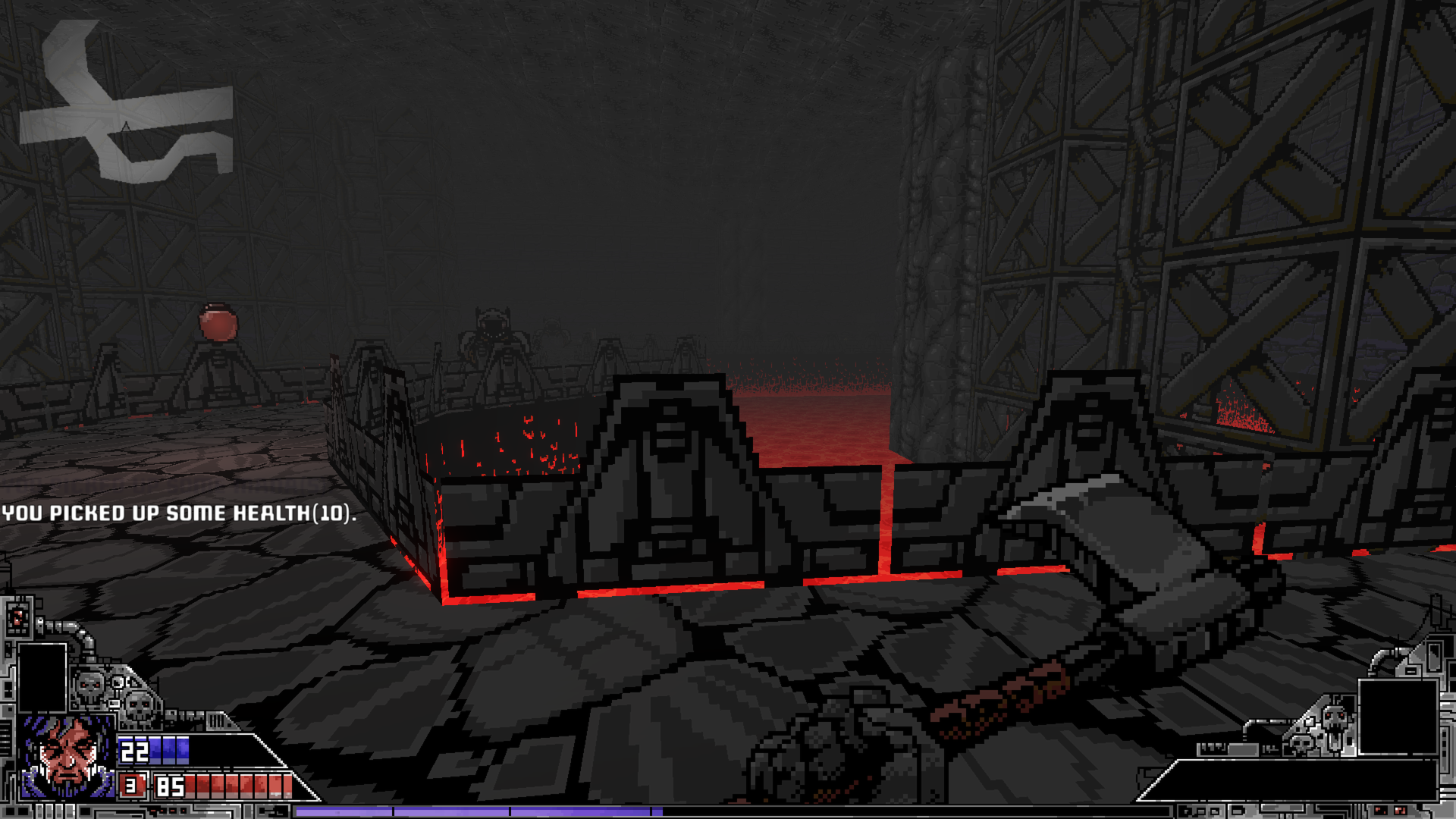
-
Project Warlock Review #3
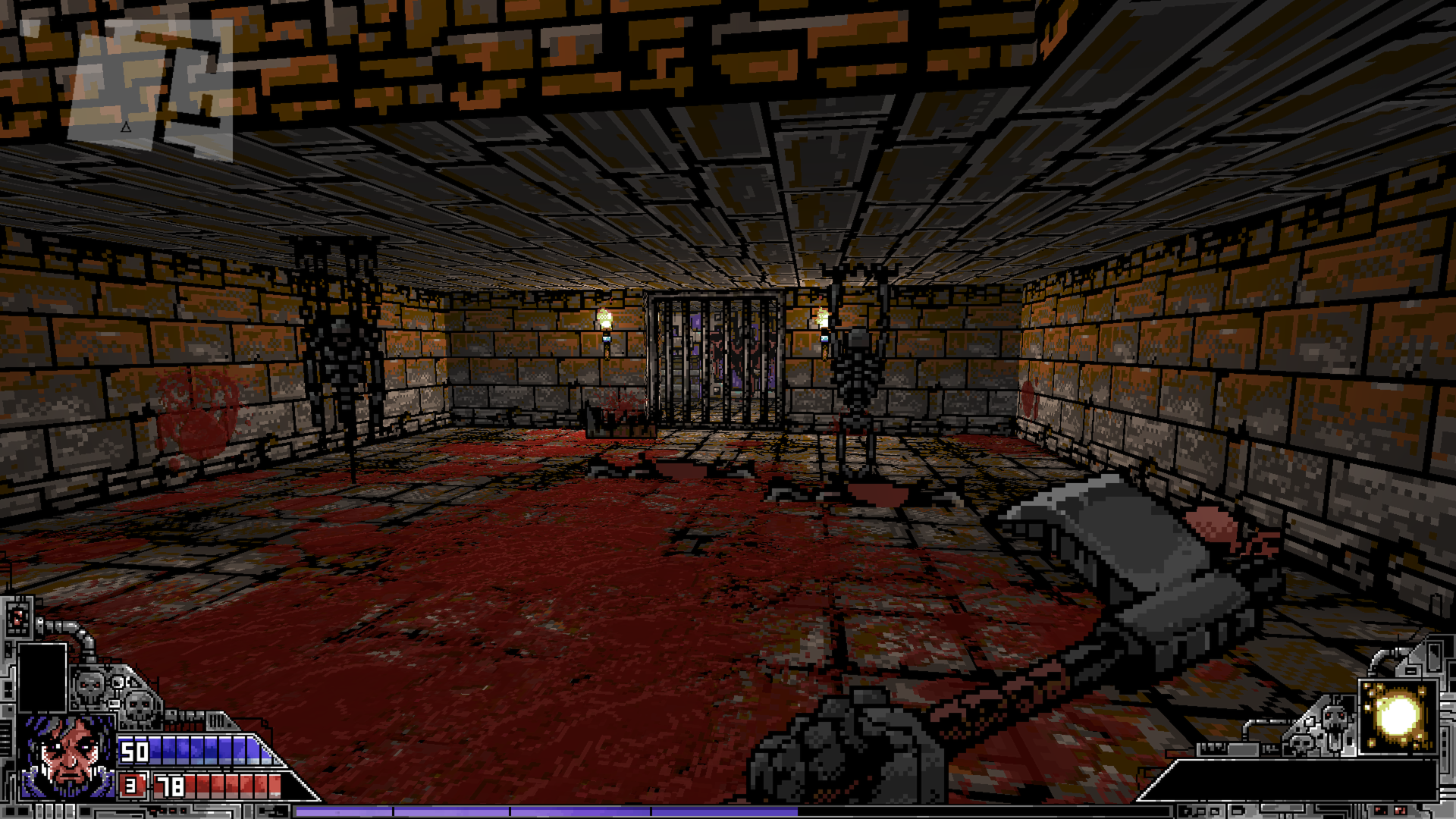
-
Project Warlock Review #4

-
Project Warlock Review #5

-
Project Warlock Review #6
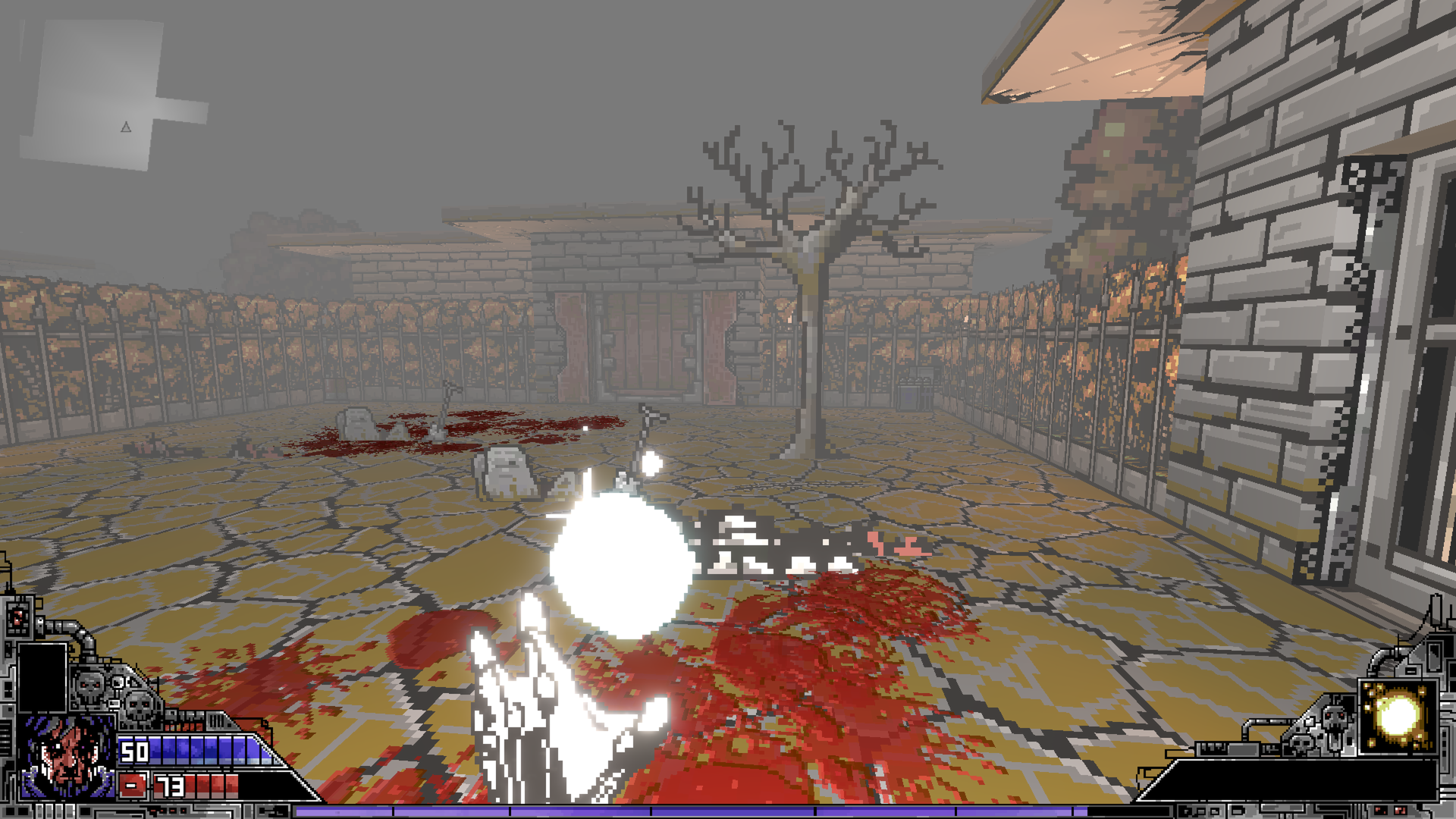
-
Project Warlock Review #7
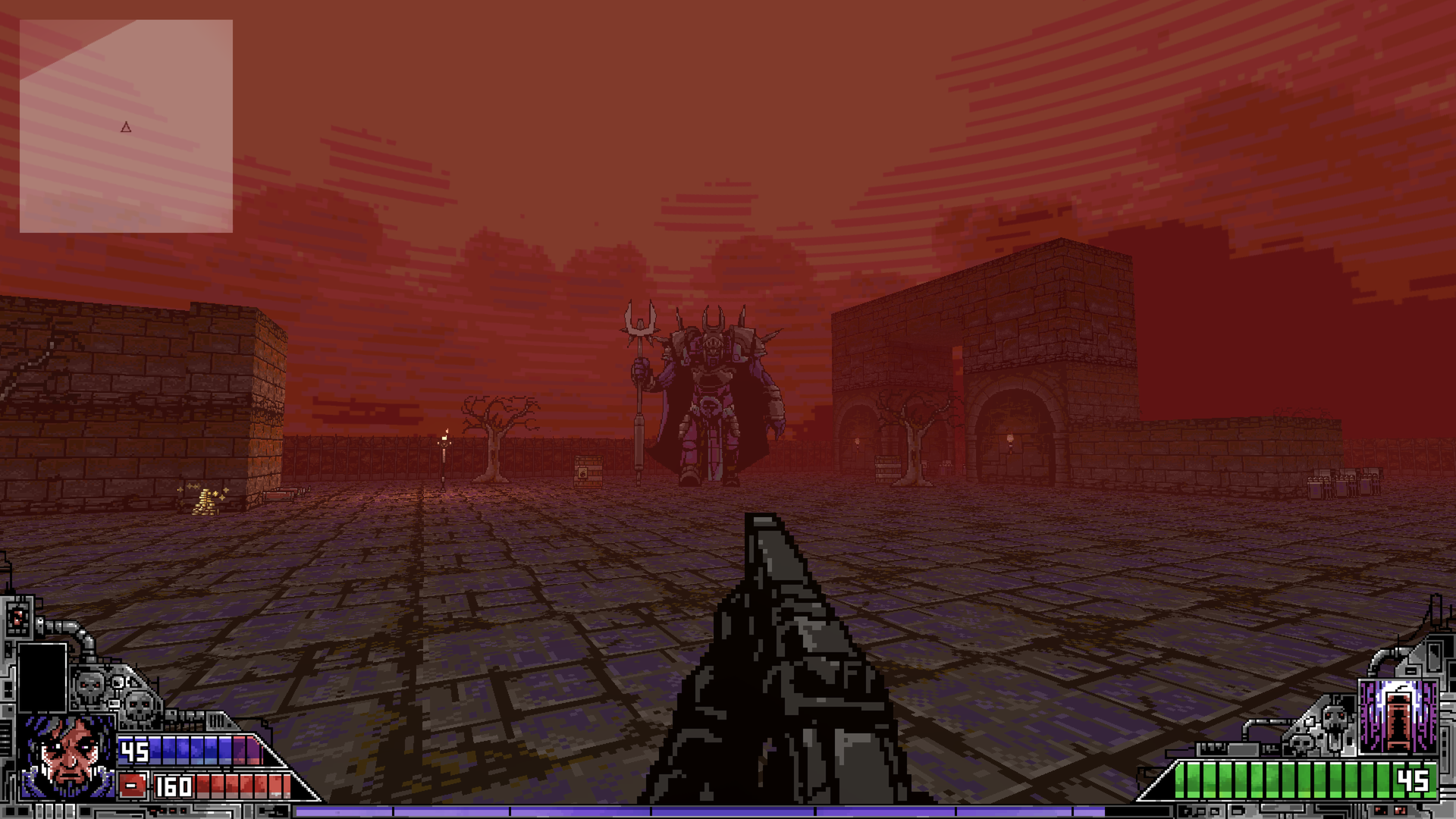
-
Project Warlock Review #8
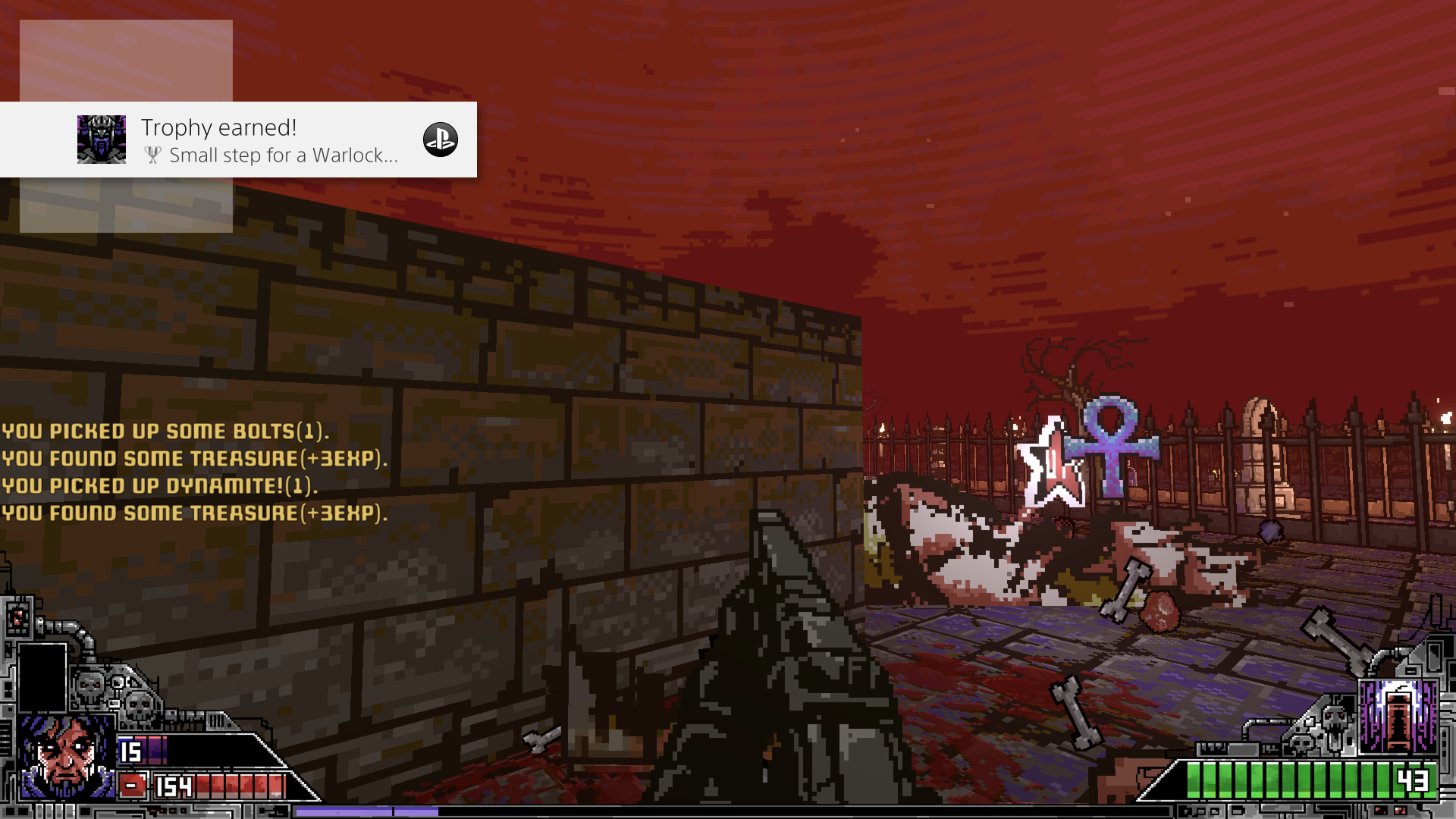
-
Project Warlock Review #9
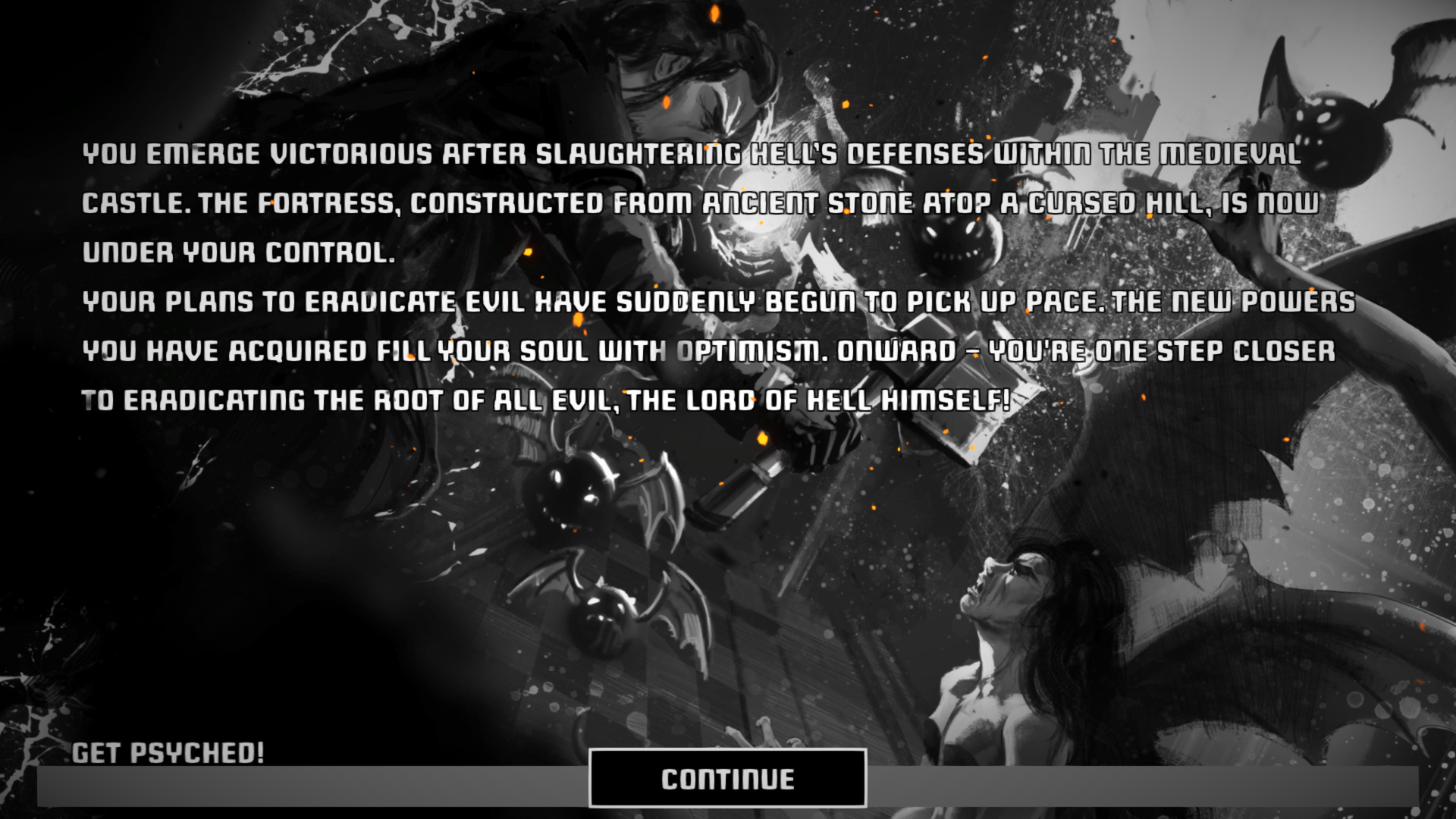
-
Project Warlock Review #10
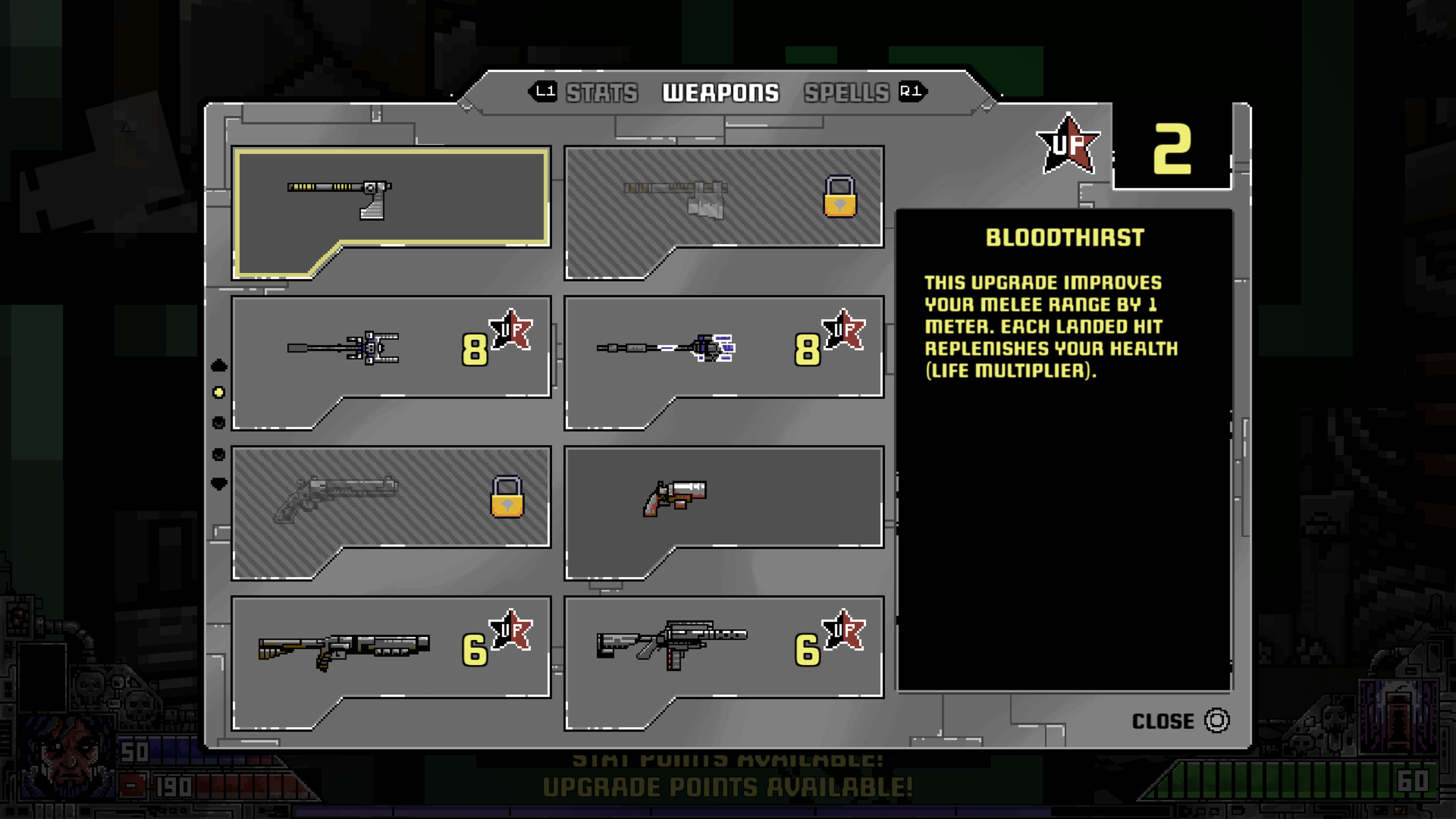
-
Project Warlock Review #11

-
Project Warlock Review #12
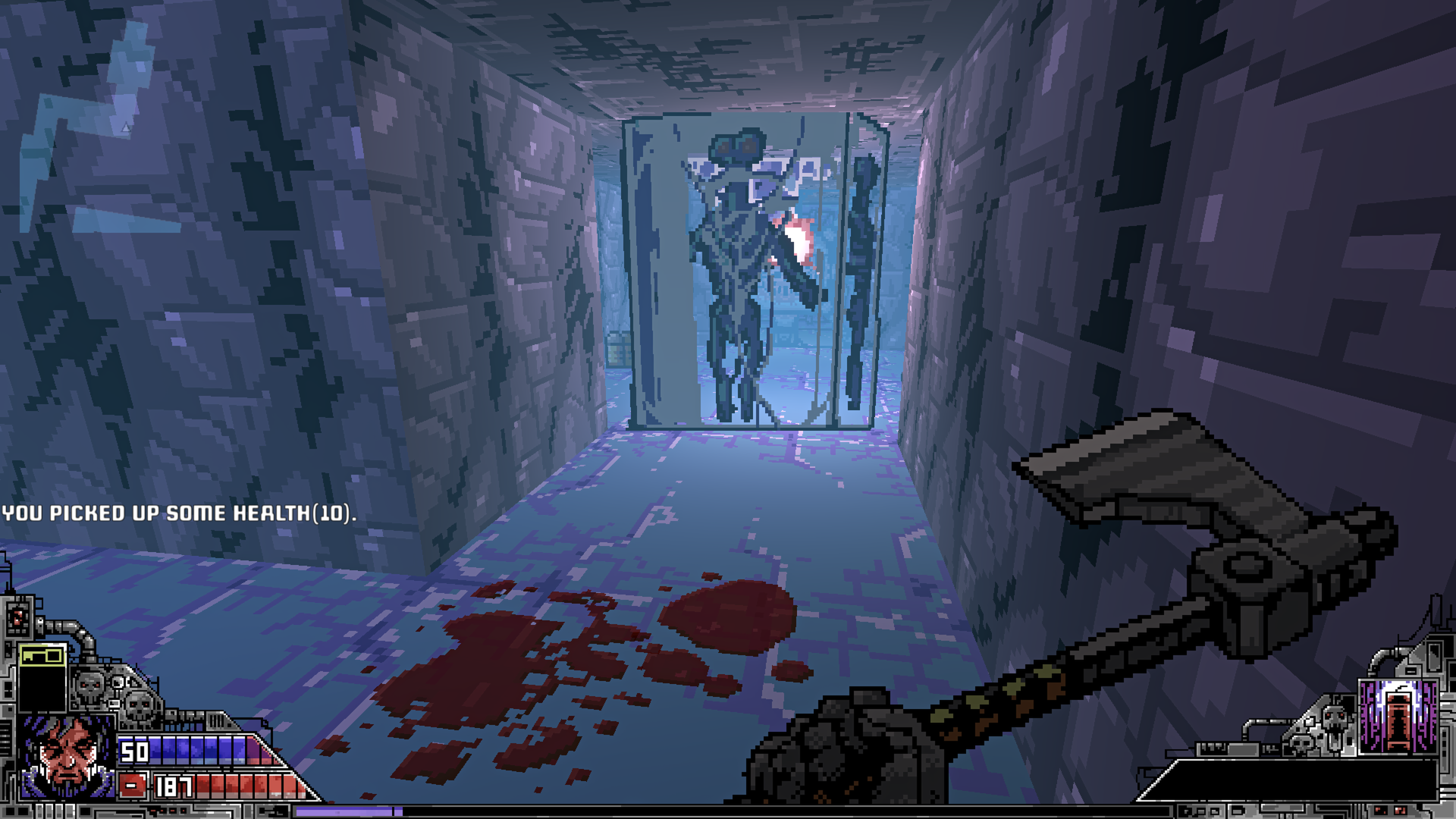
-
Project Warlock Review #13

-
Project Warlock Review #14
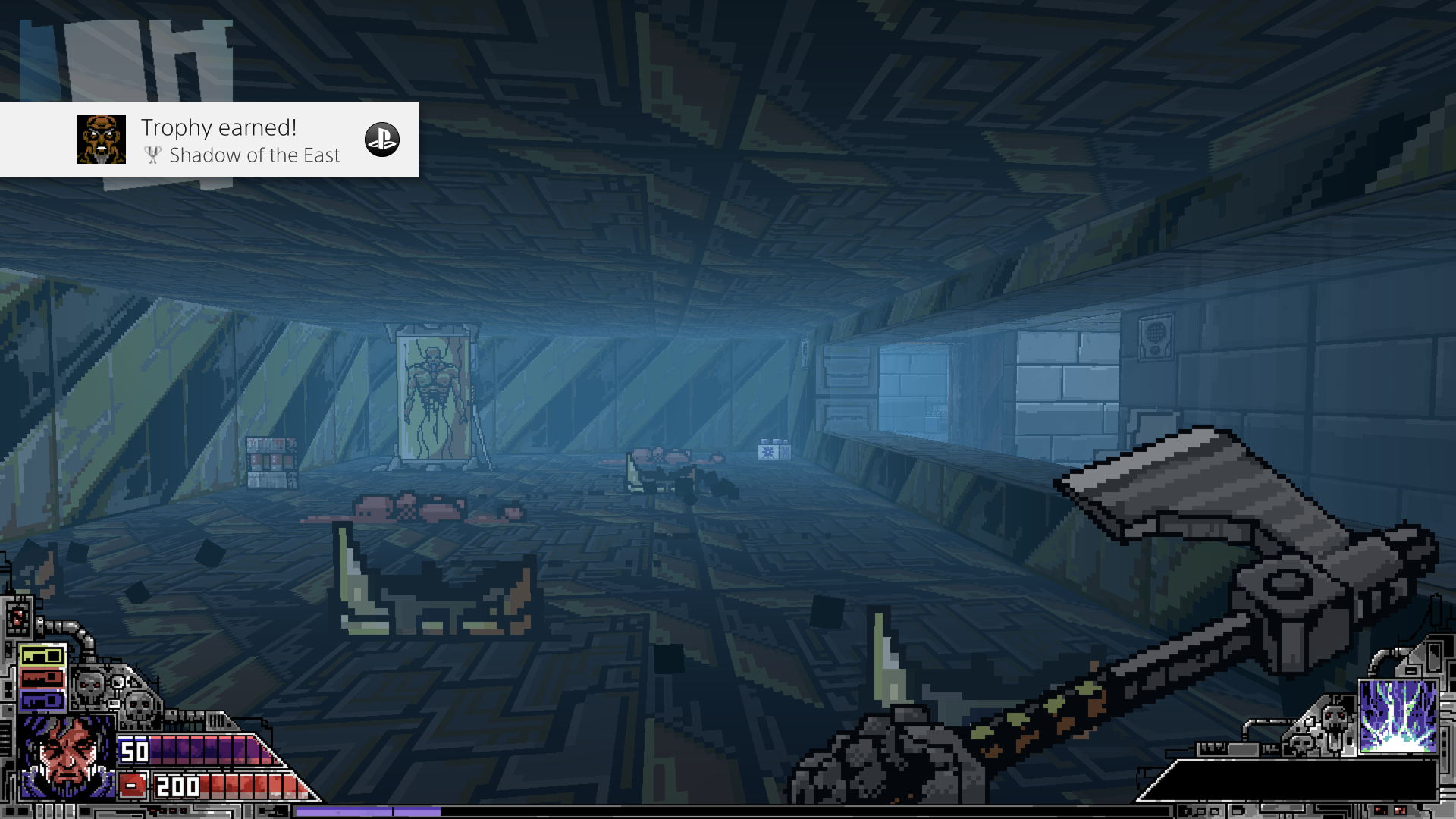
-
Project Warlock Review #15
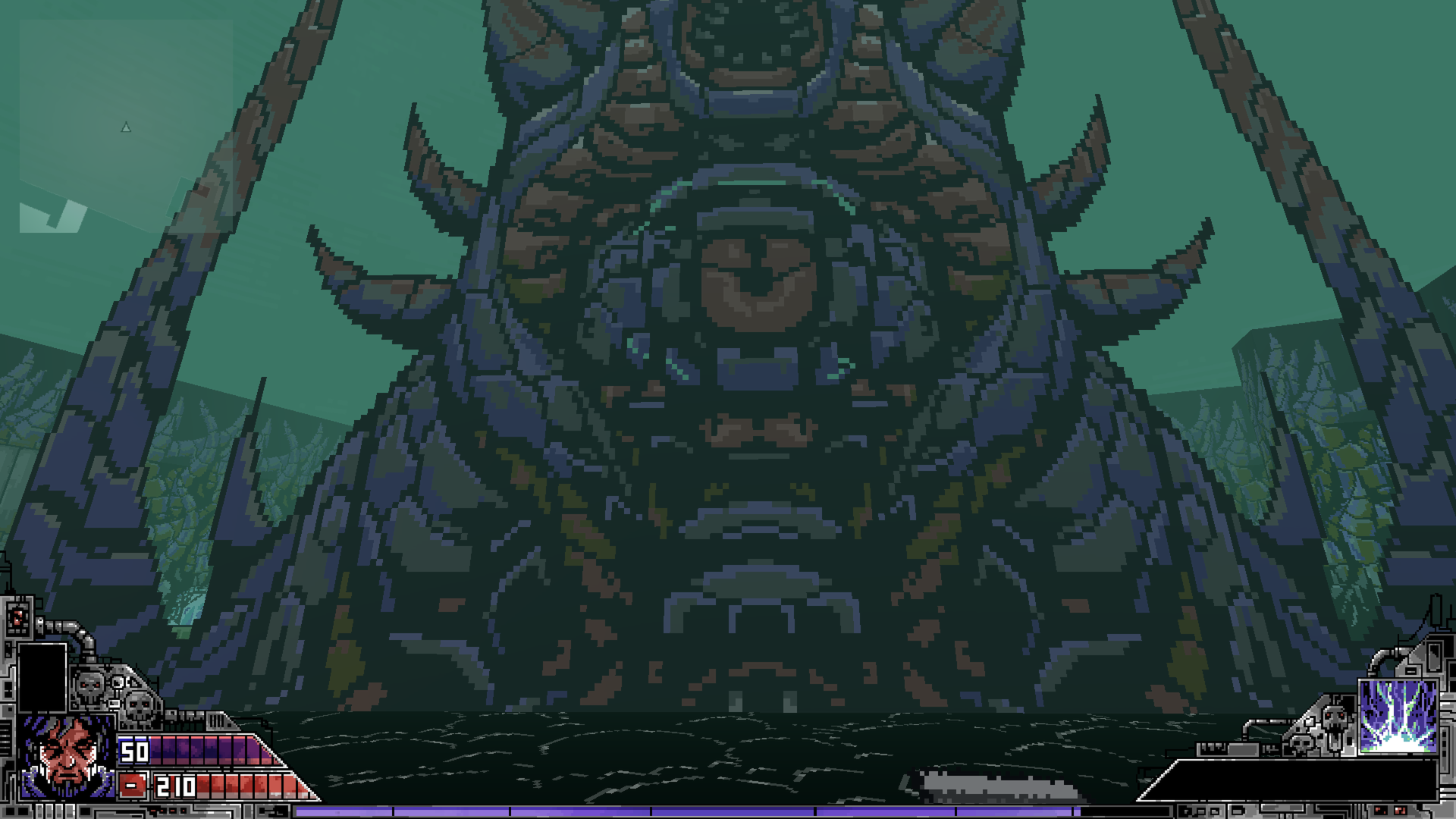
-
Project Warlock Review #16
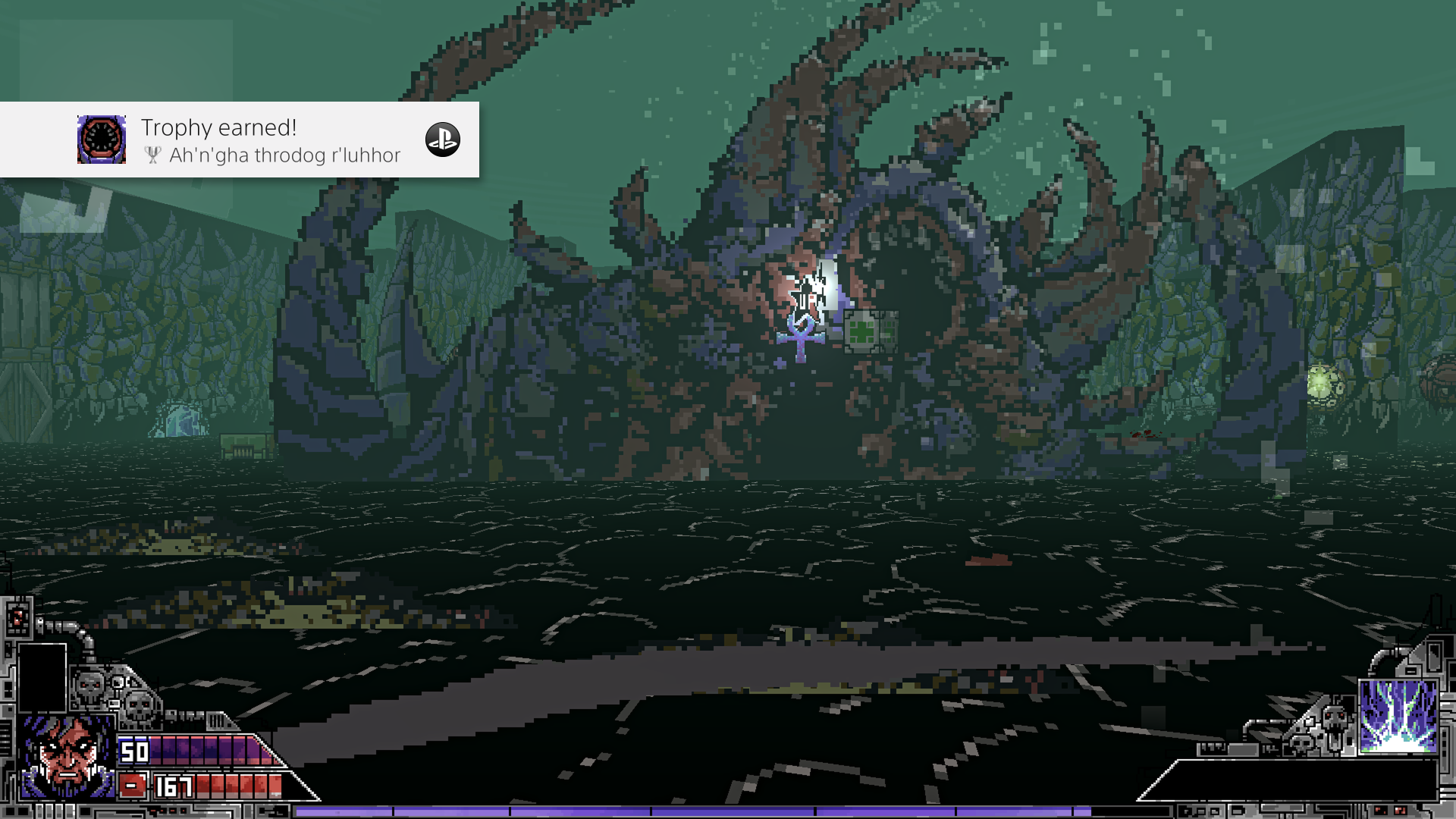
-
Project Warlock Review #17
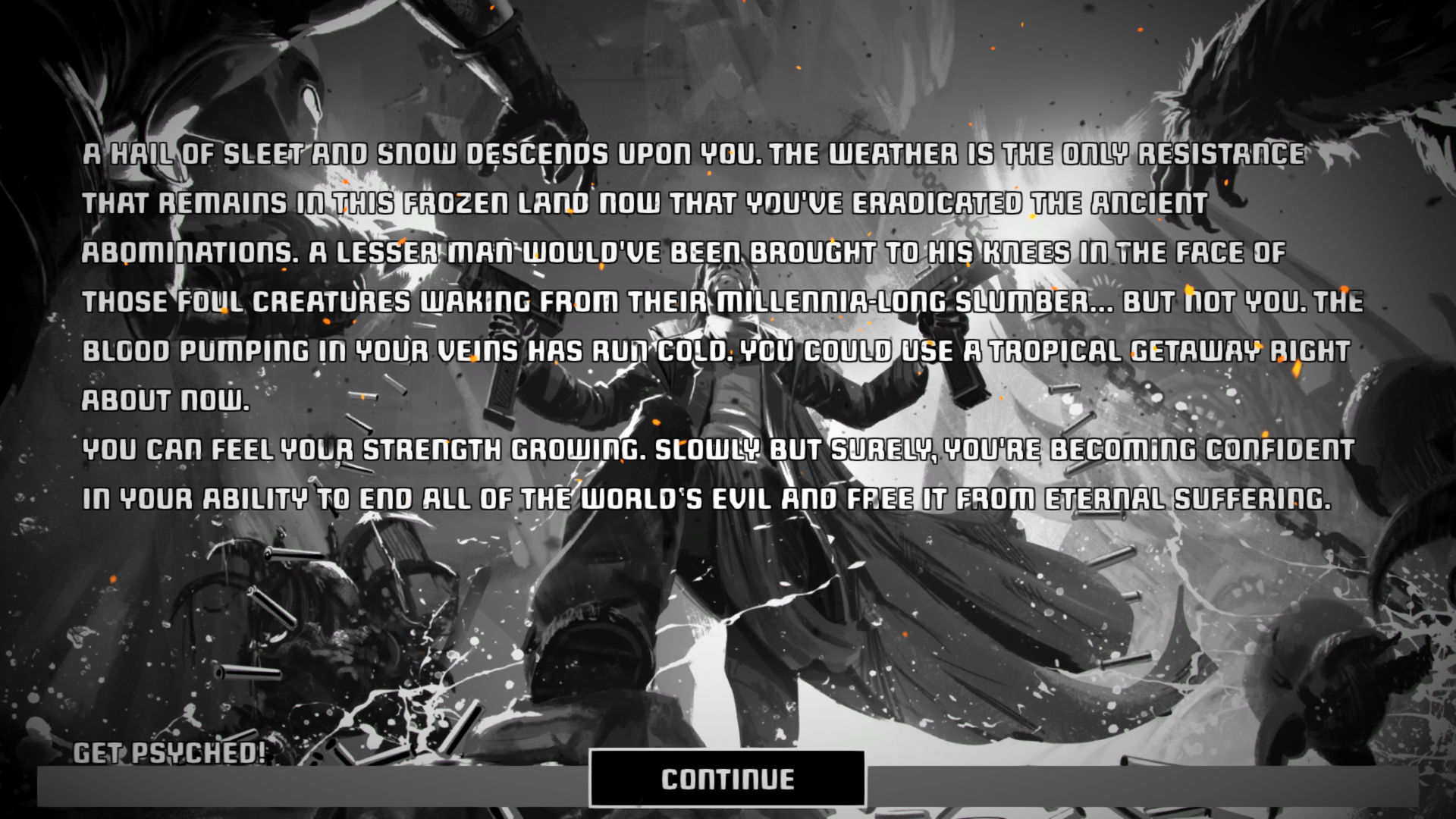
-
Project Warlock Review #18
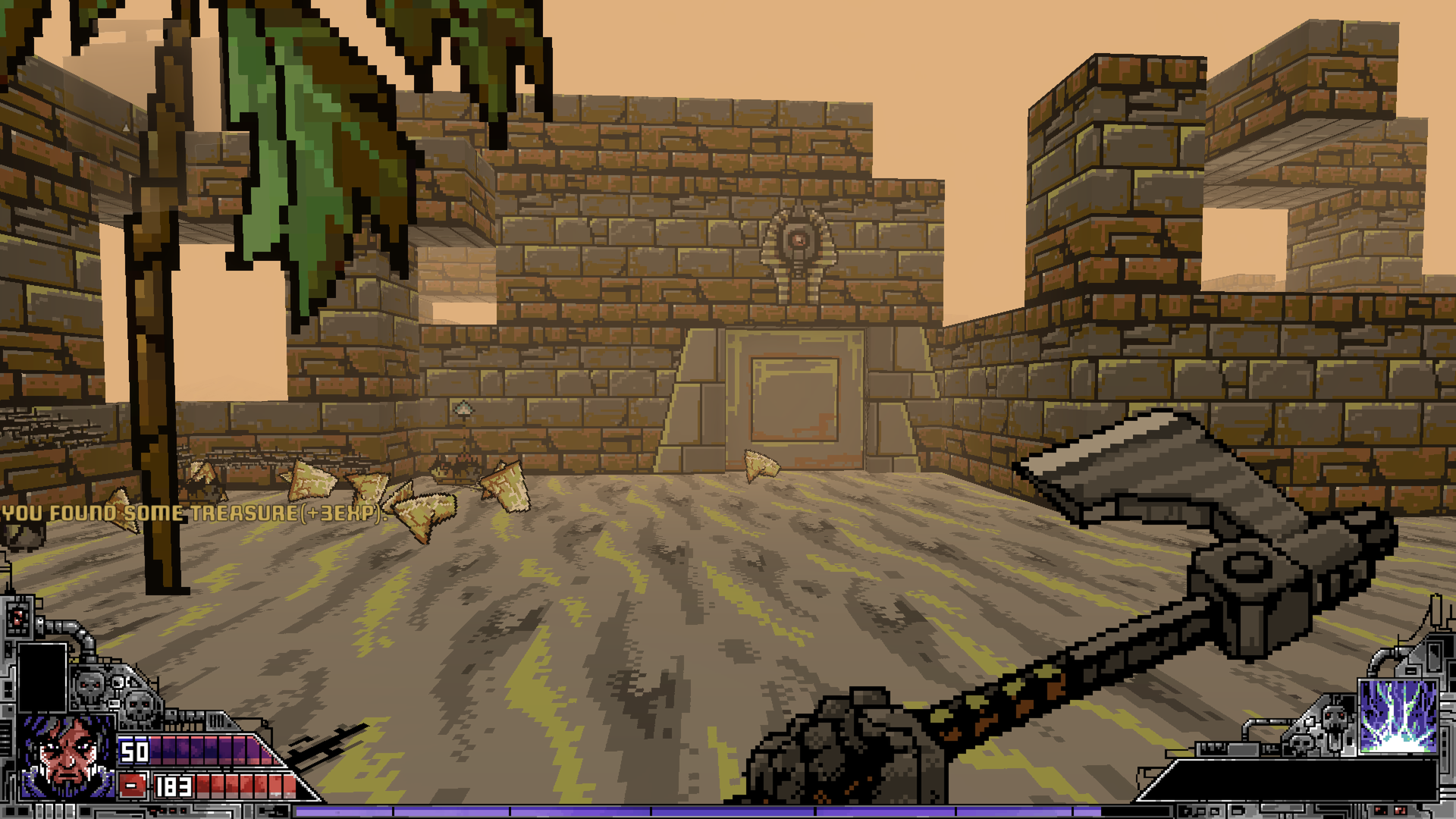
-
Project Warlock Review #19
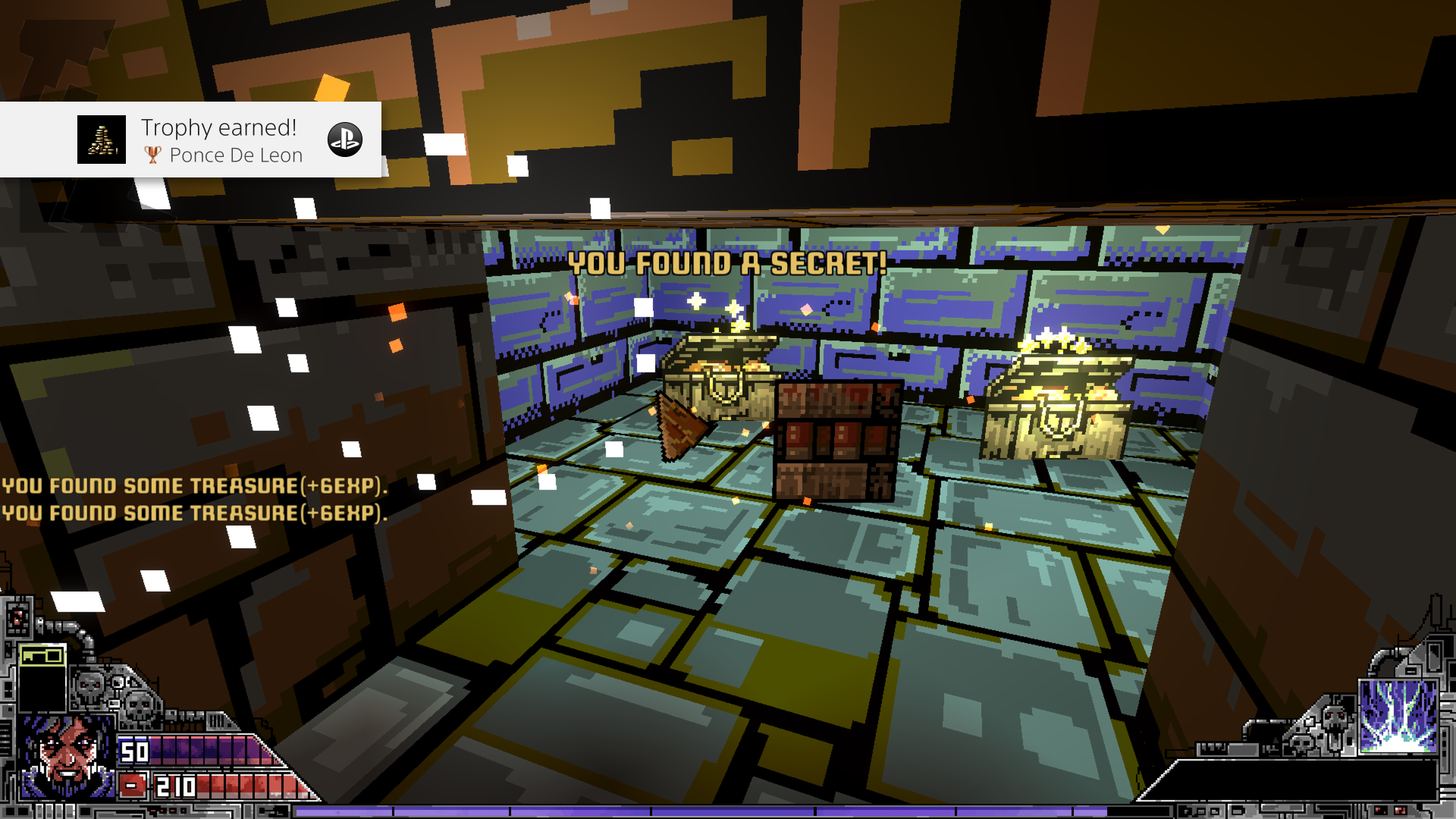
-
Project Warlock Review #20
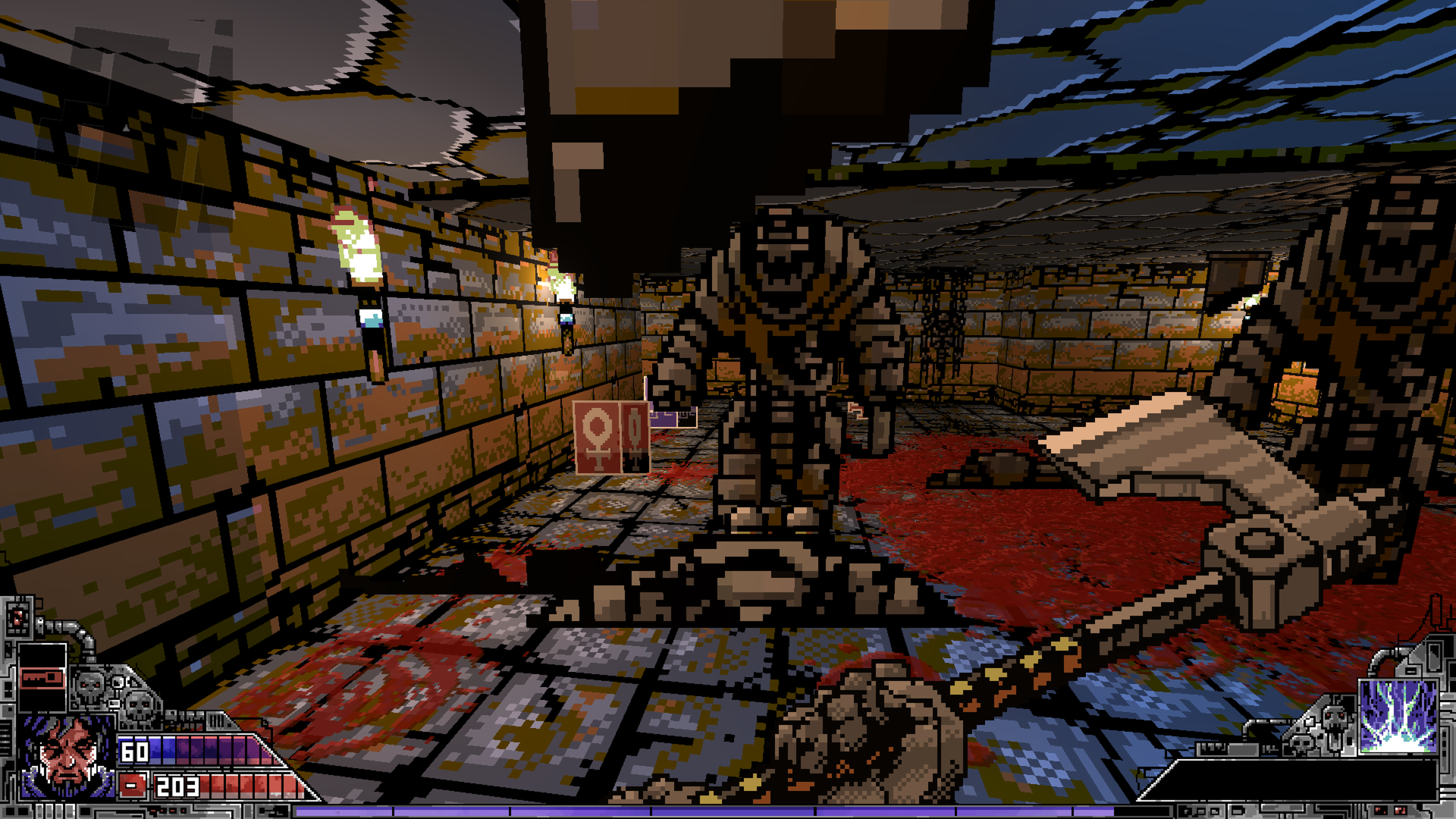
-
Project Warlock Review #21
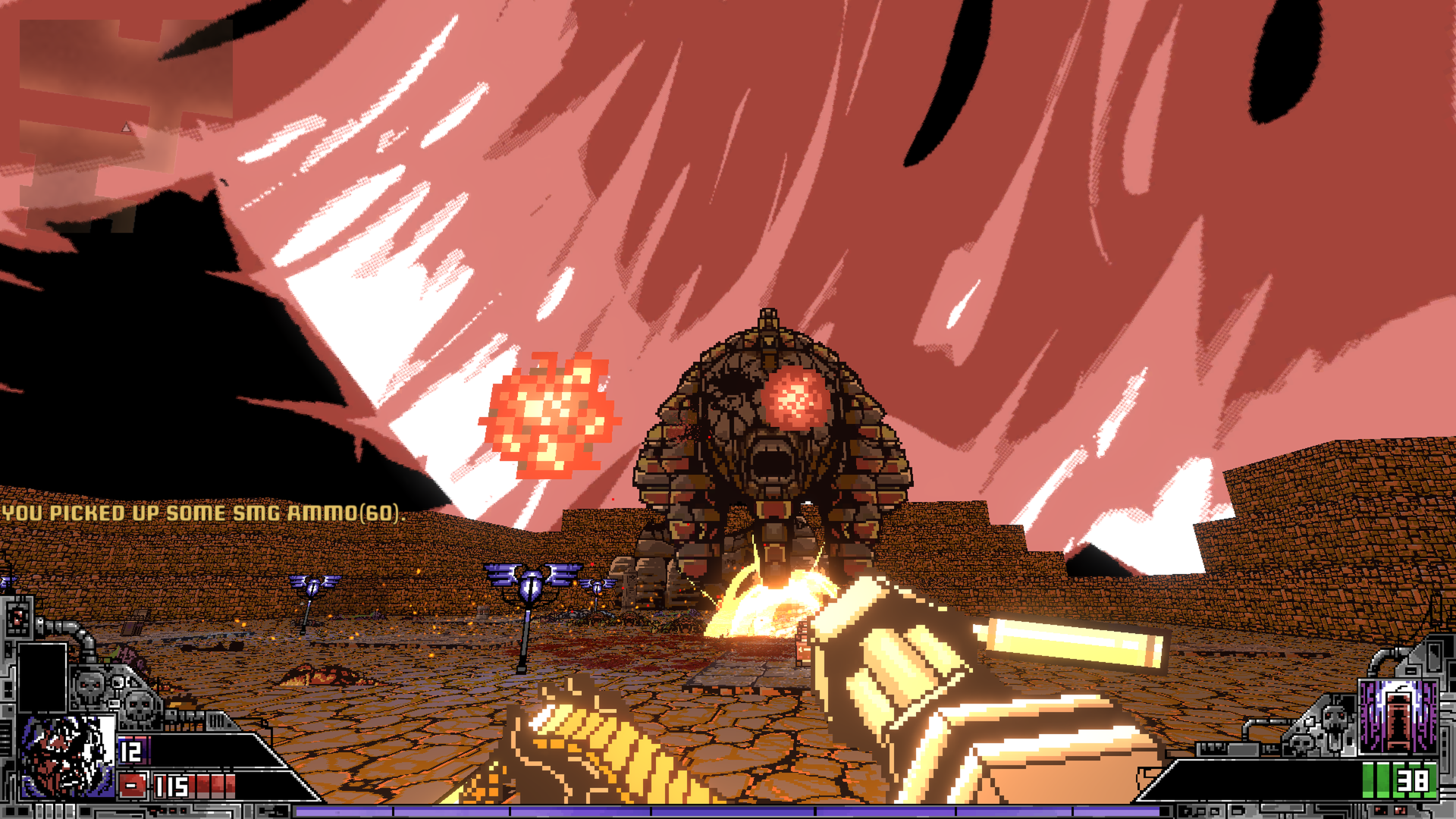
-
Project Warlock Review #22
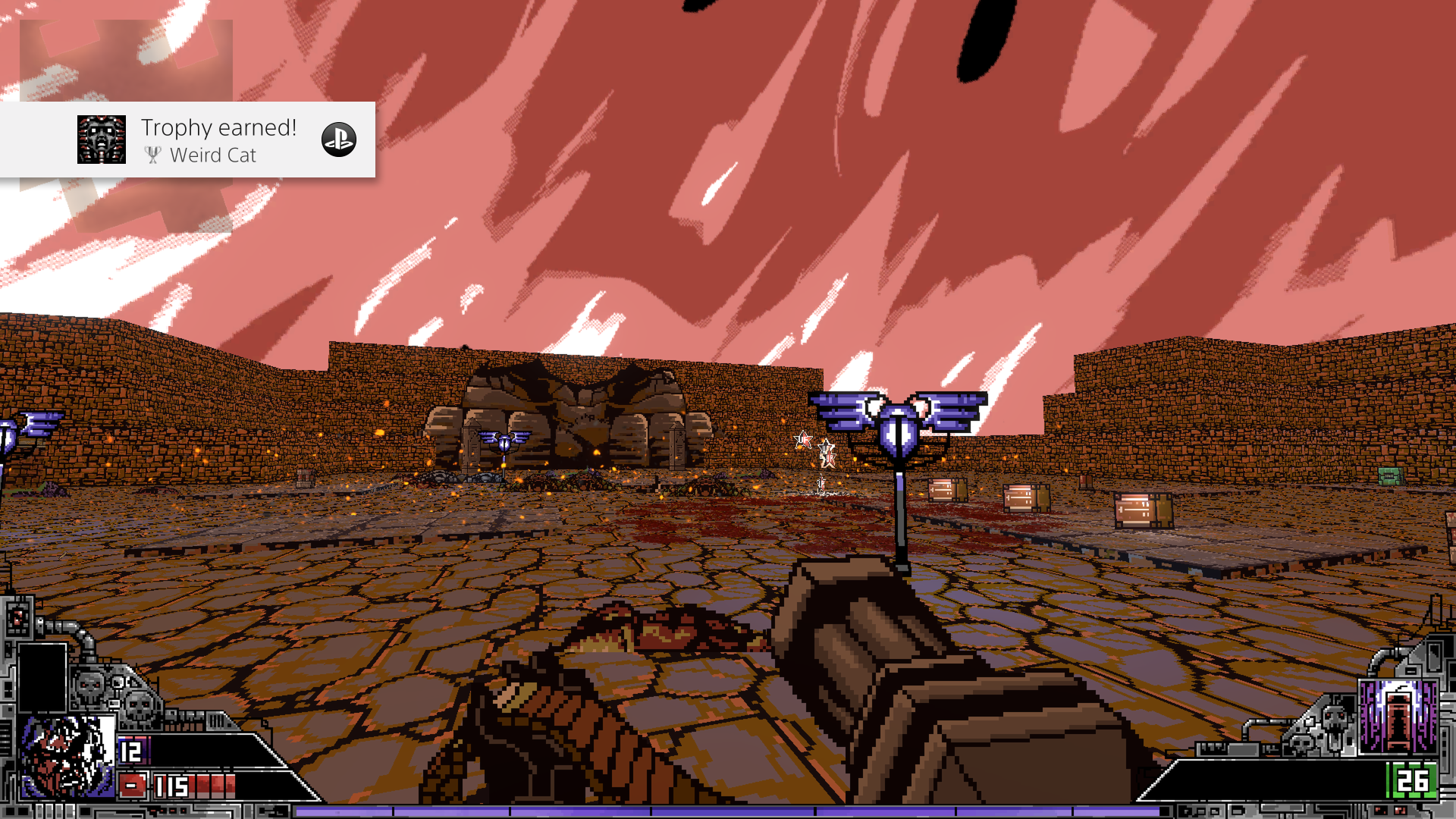
-
Project Warlock Review #23
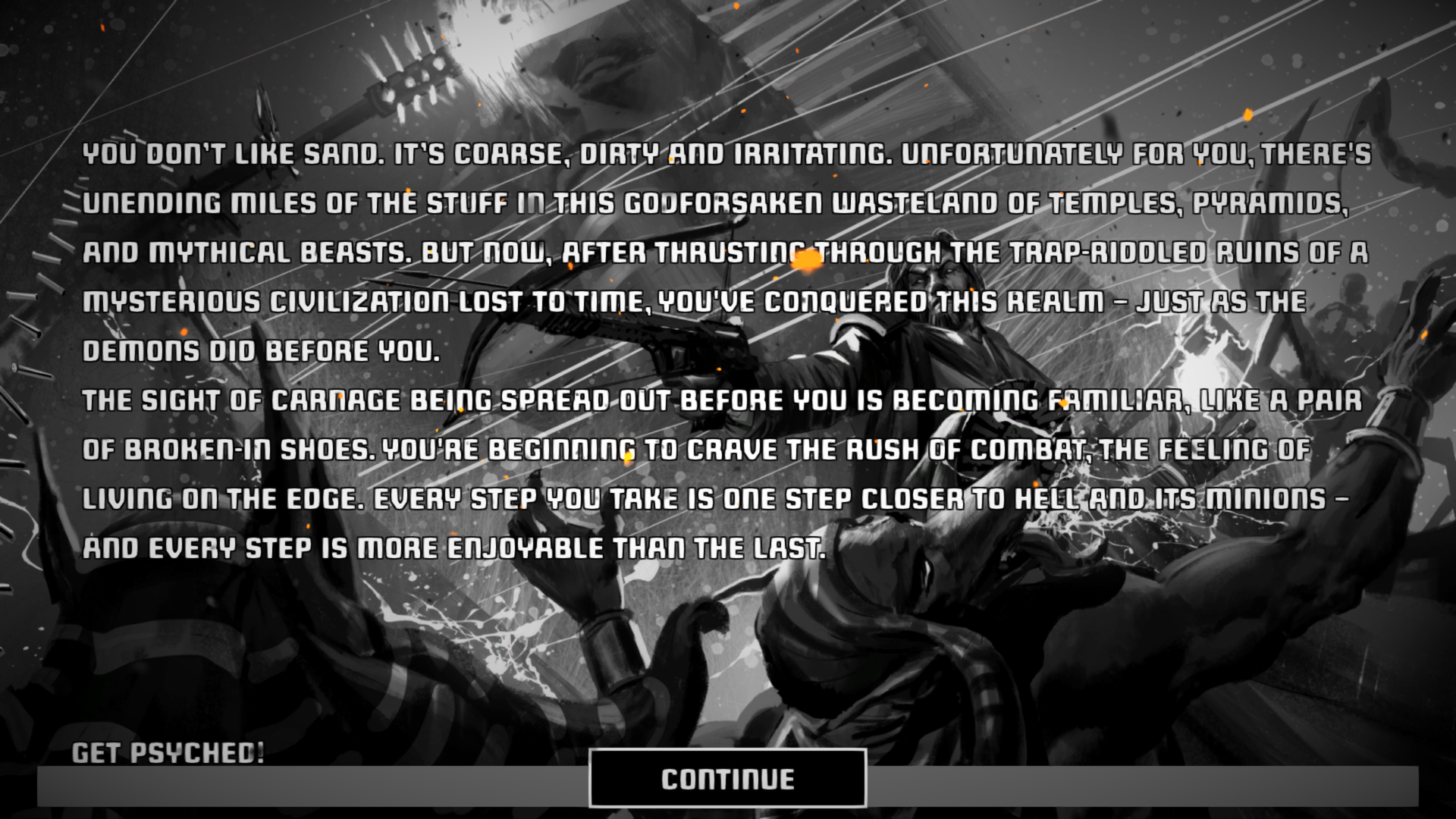
-
Project Warlock Review #24
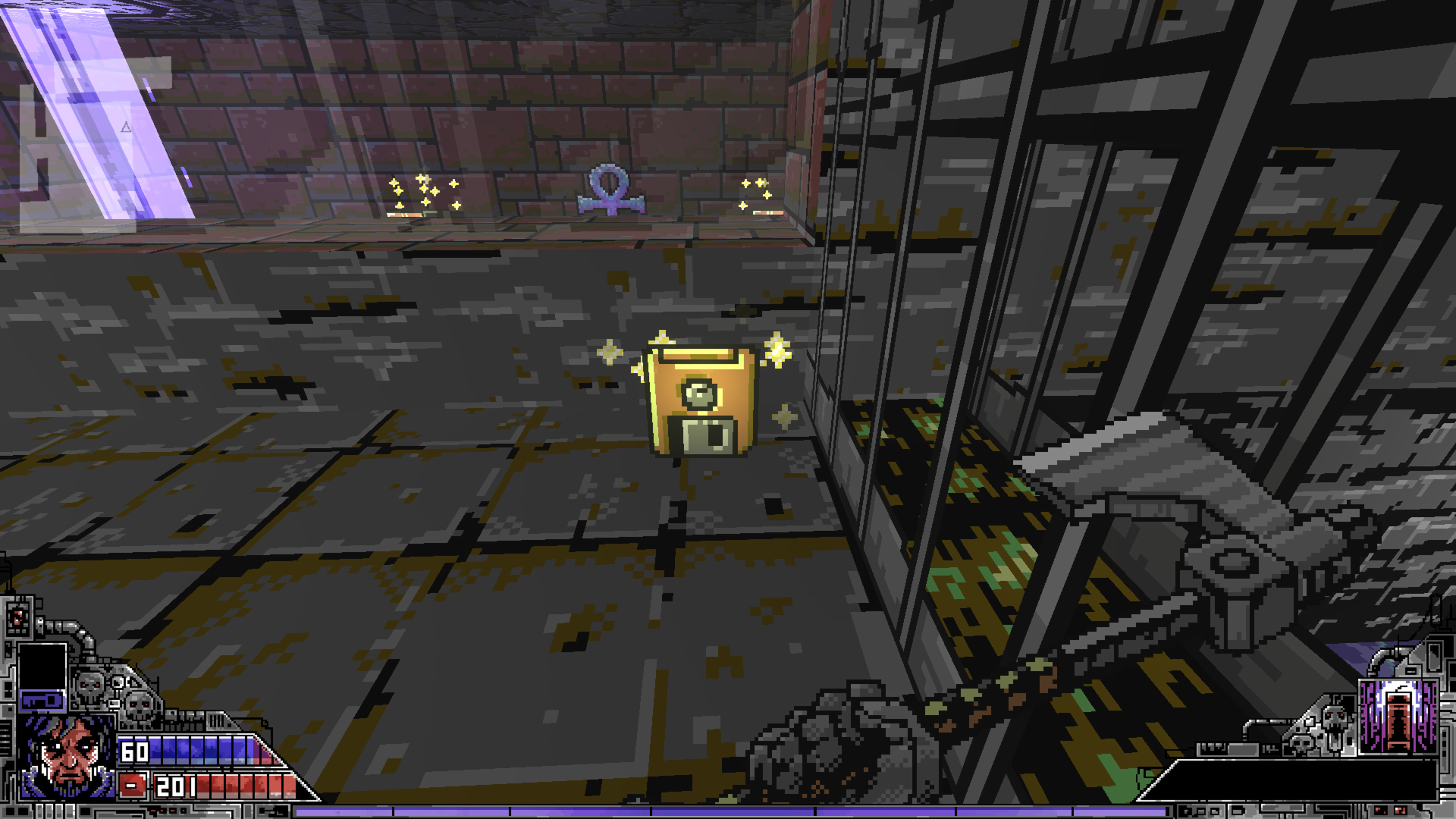
-
Project Warlock Review #25
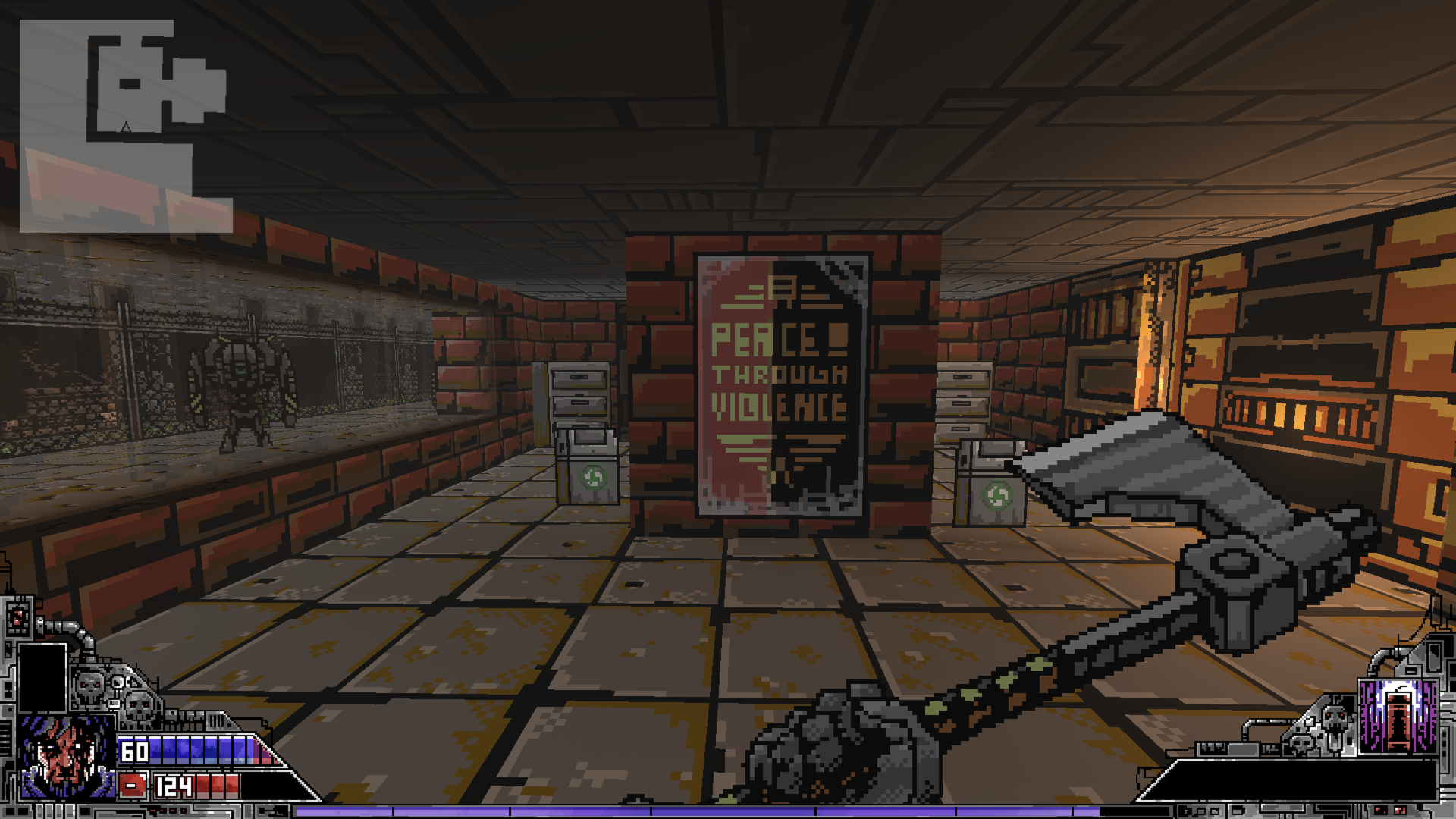
-
Project Warlock Review #26
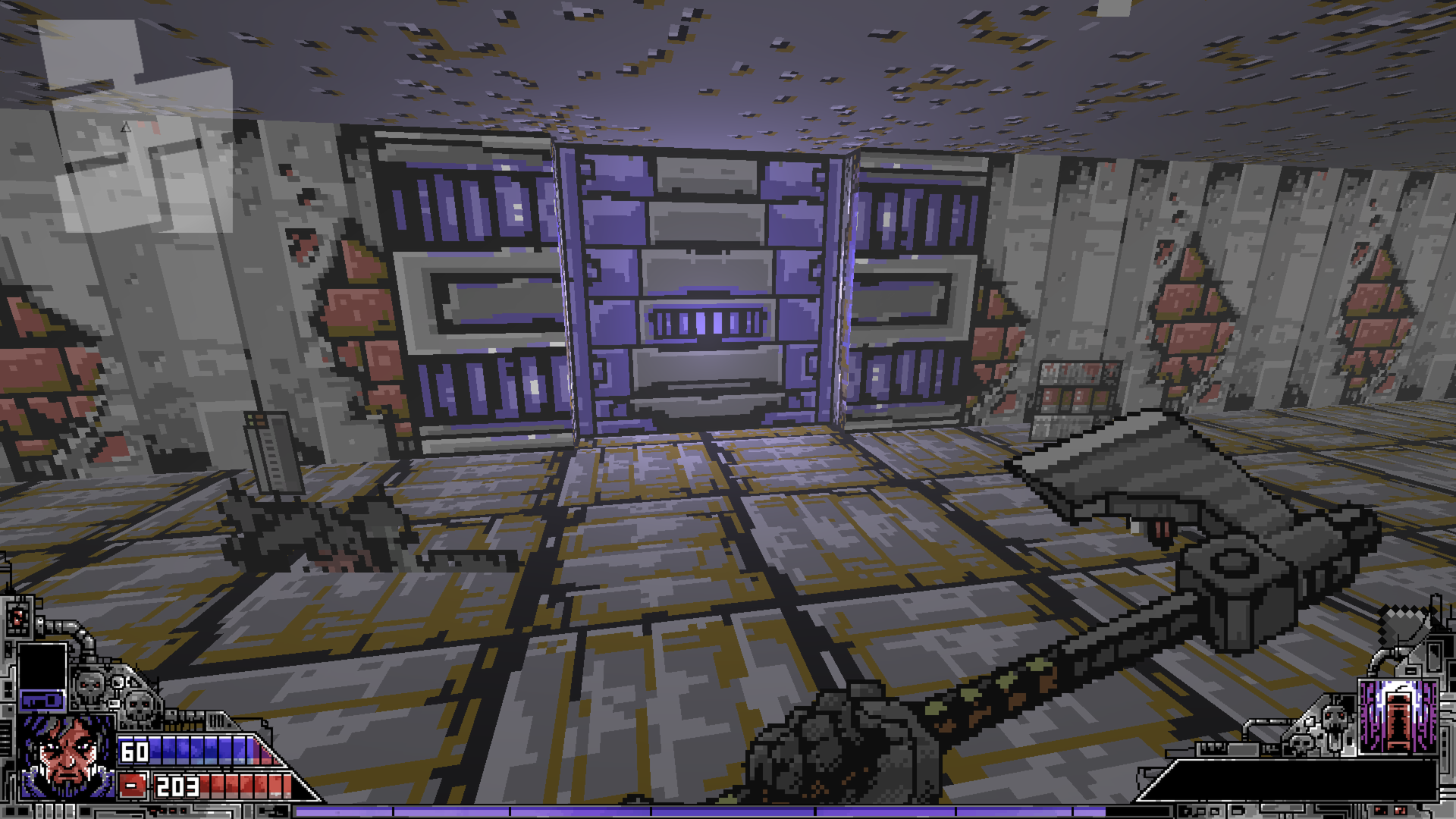
-
Project Warlock Review #27
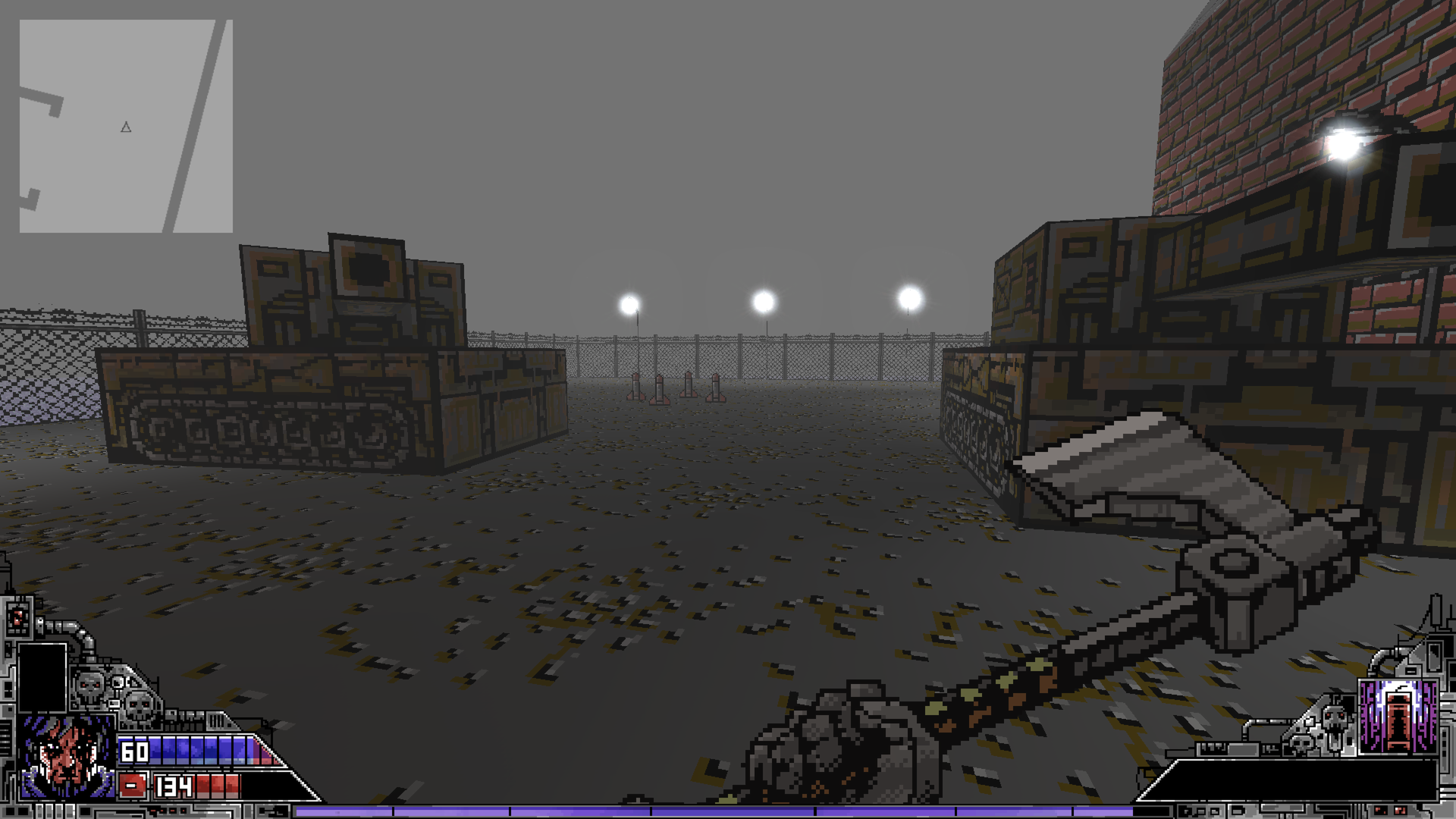
-
Project Warlock Review #28

-
Project Warlock Review #29
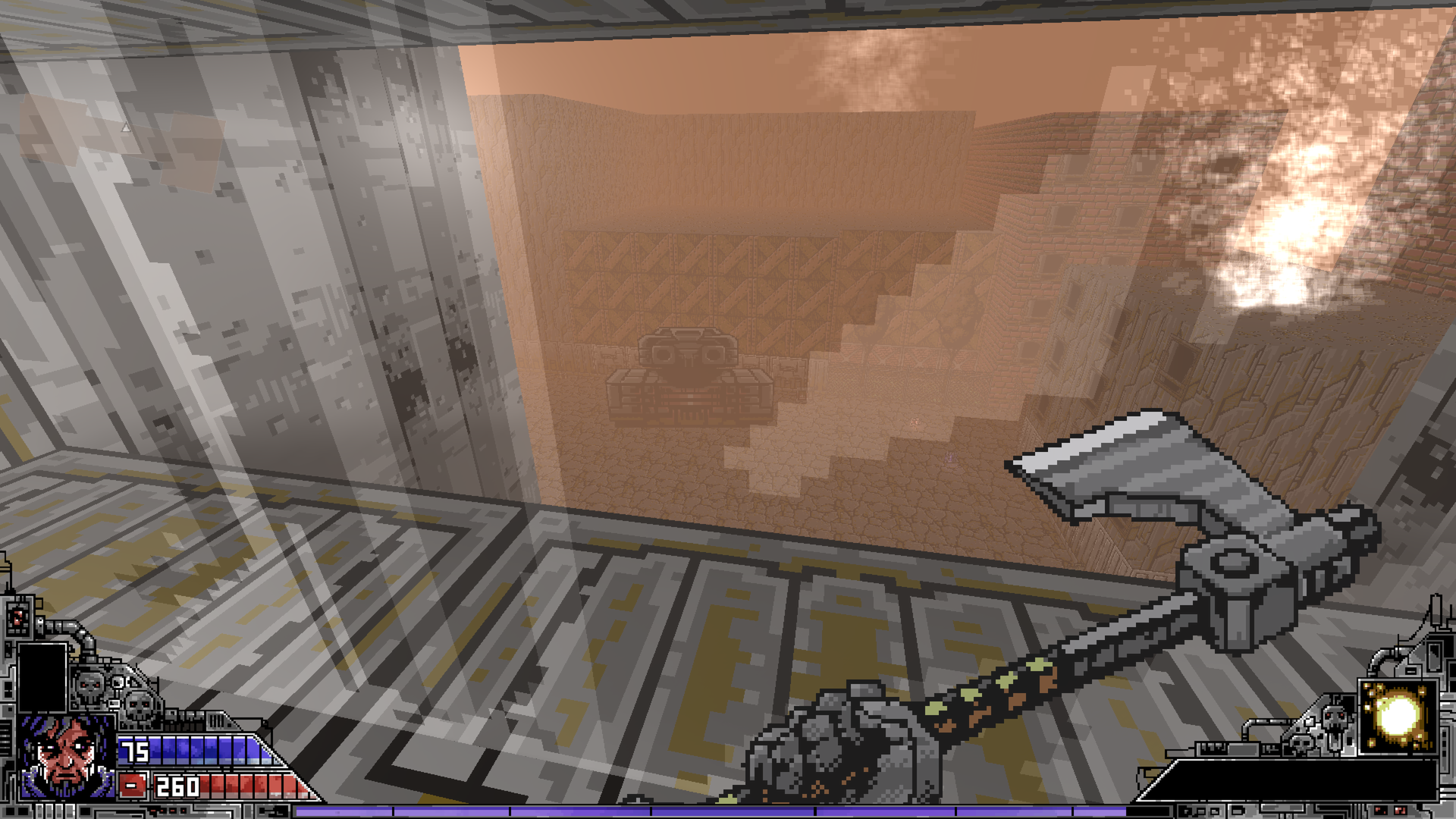
-
Project Warlock Review #30
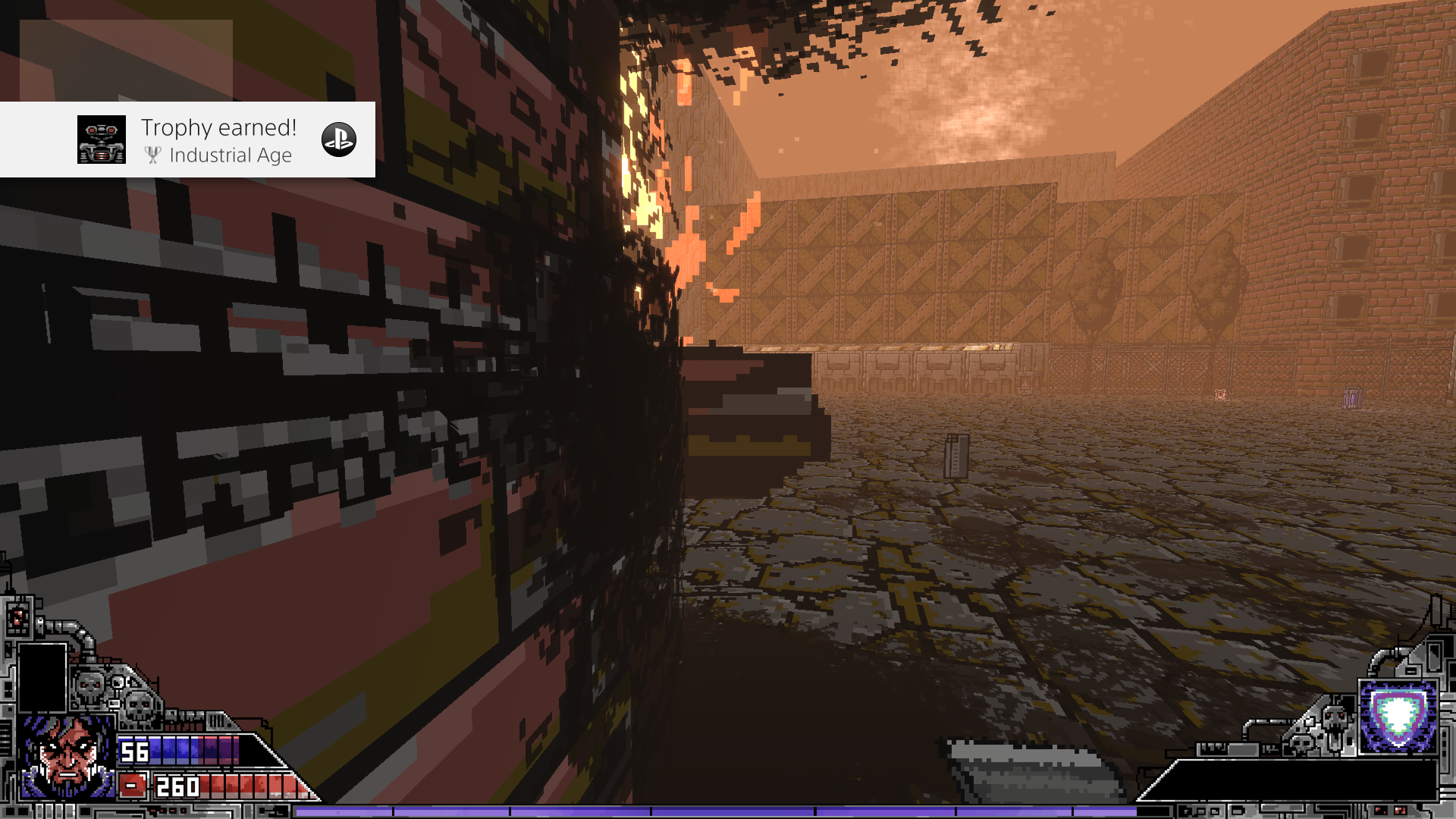
-
Project Warlock Review #31
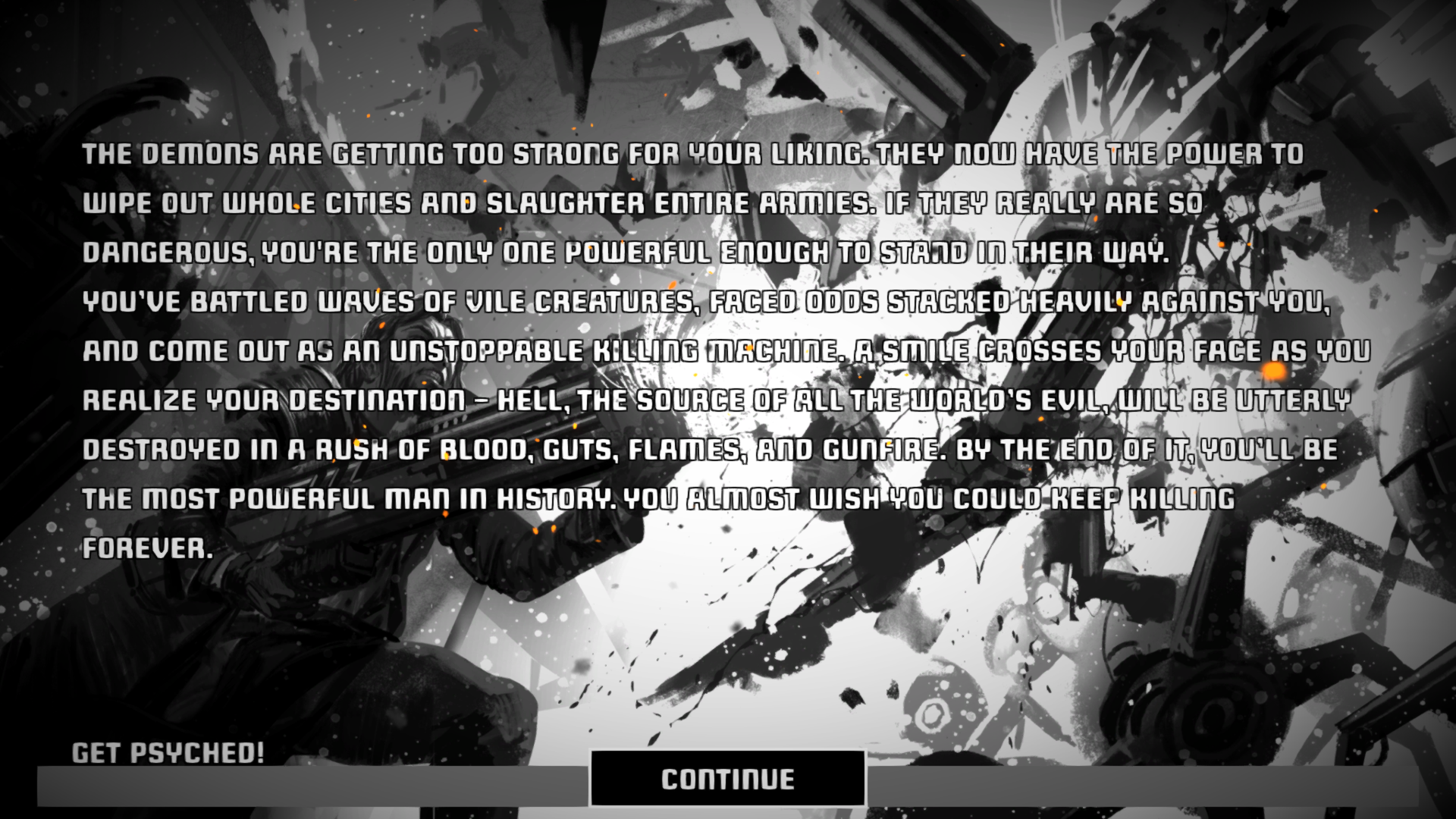
-
Project Warlock Review #32

-
Project Warlock Review #33
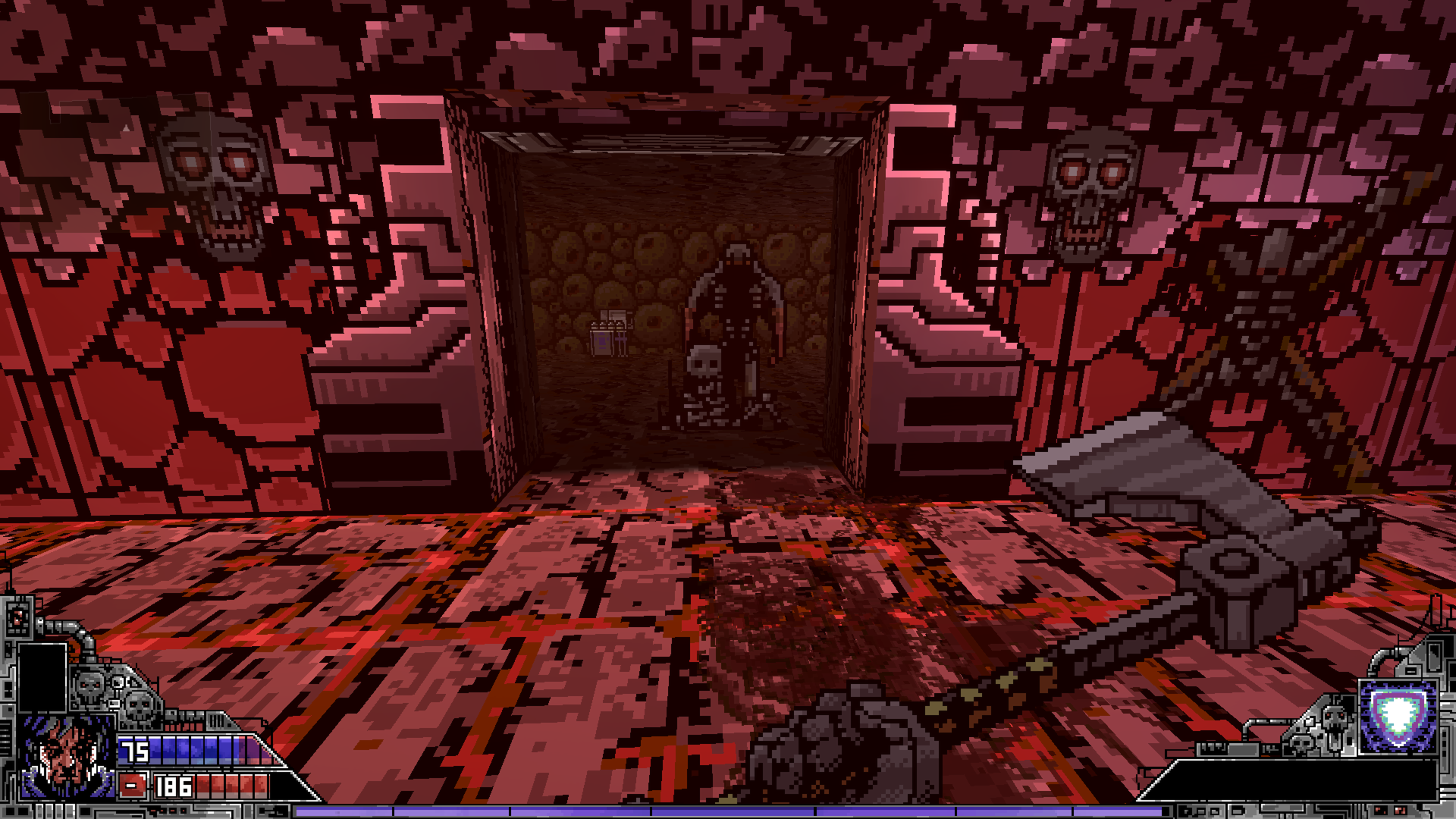
-
Project Warlock Review #34

-
Project Warlock Review #35
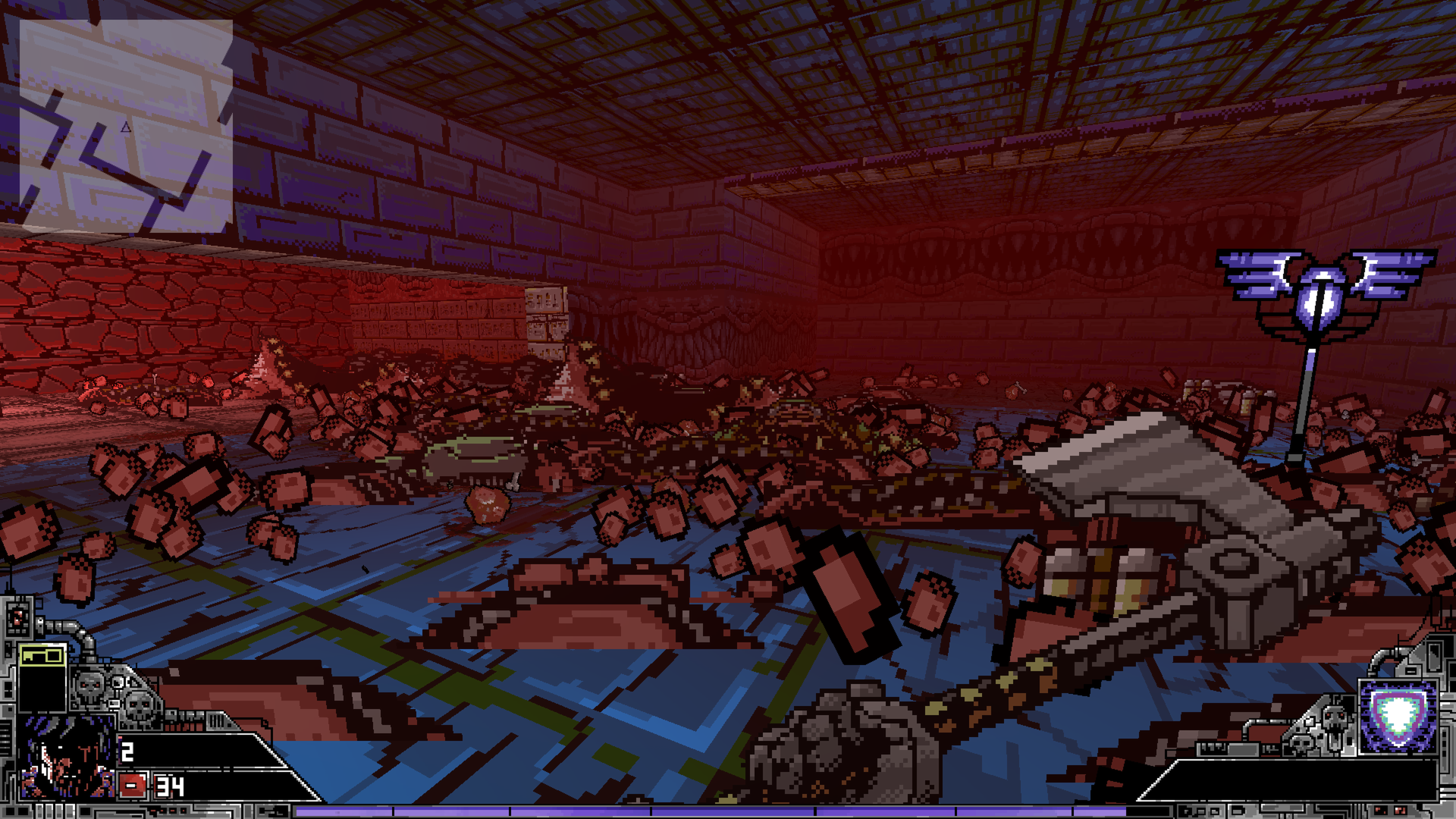
-
Project Warlock Review #36

-
Project Warlock Review #37
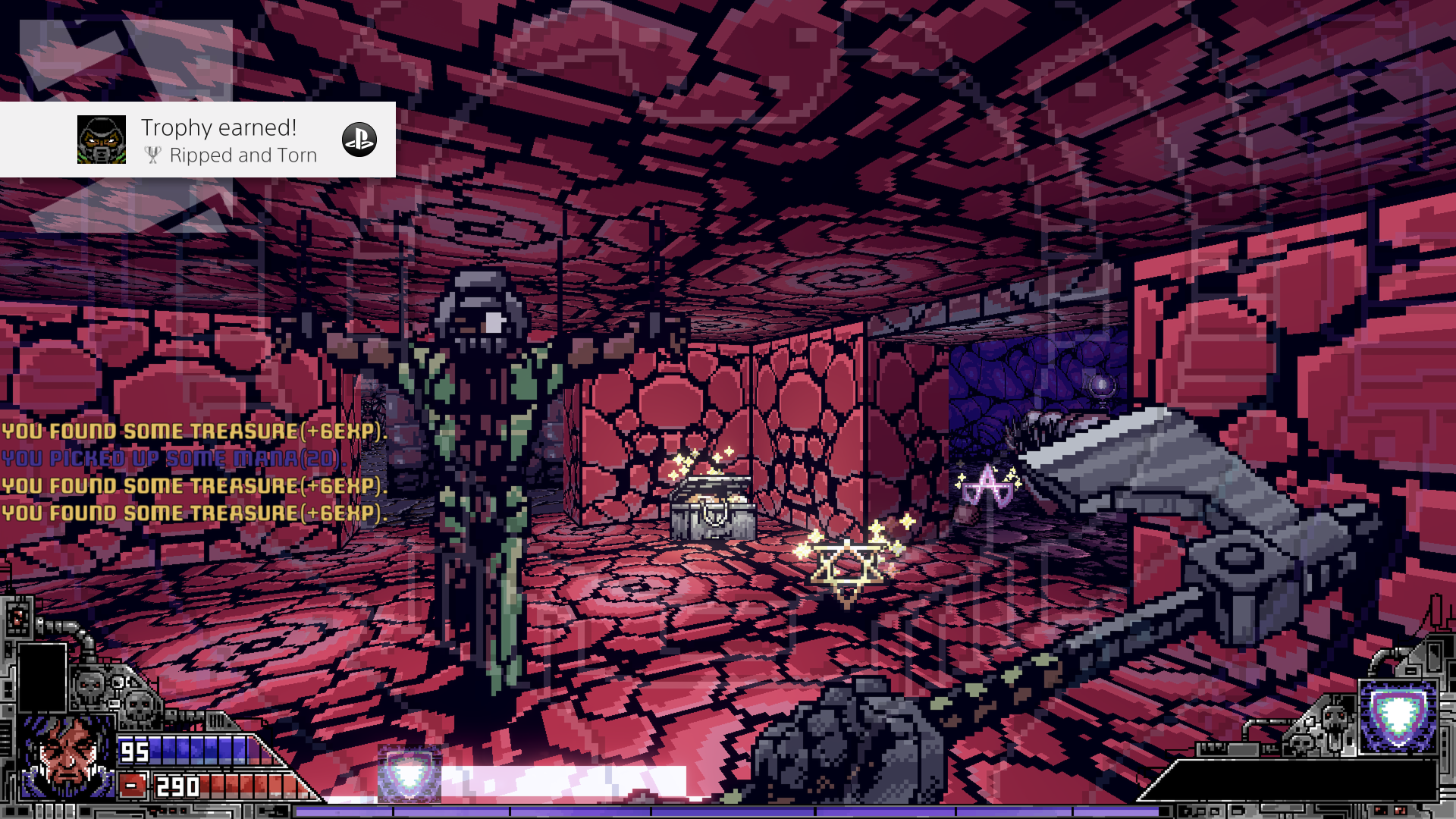
-
Project Warlock Review #38
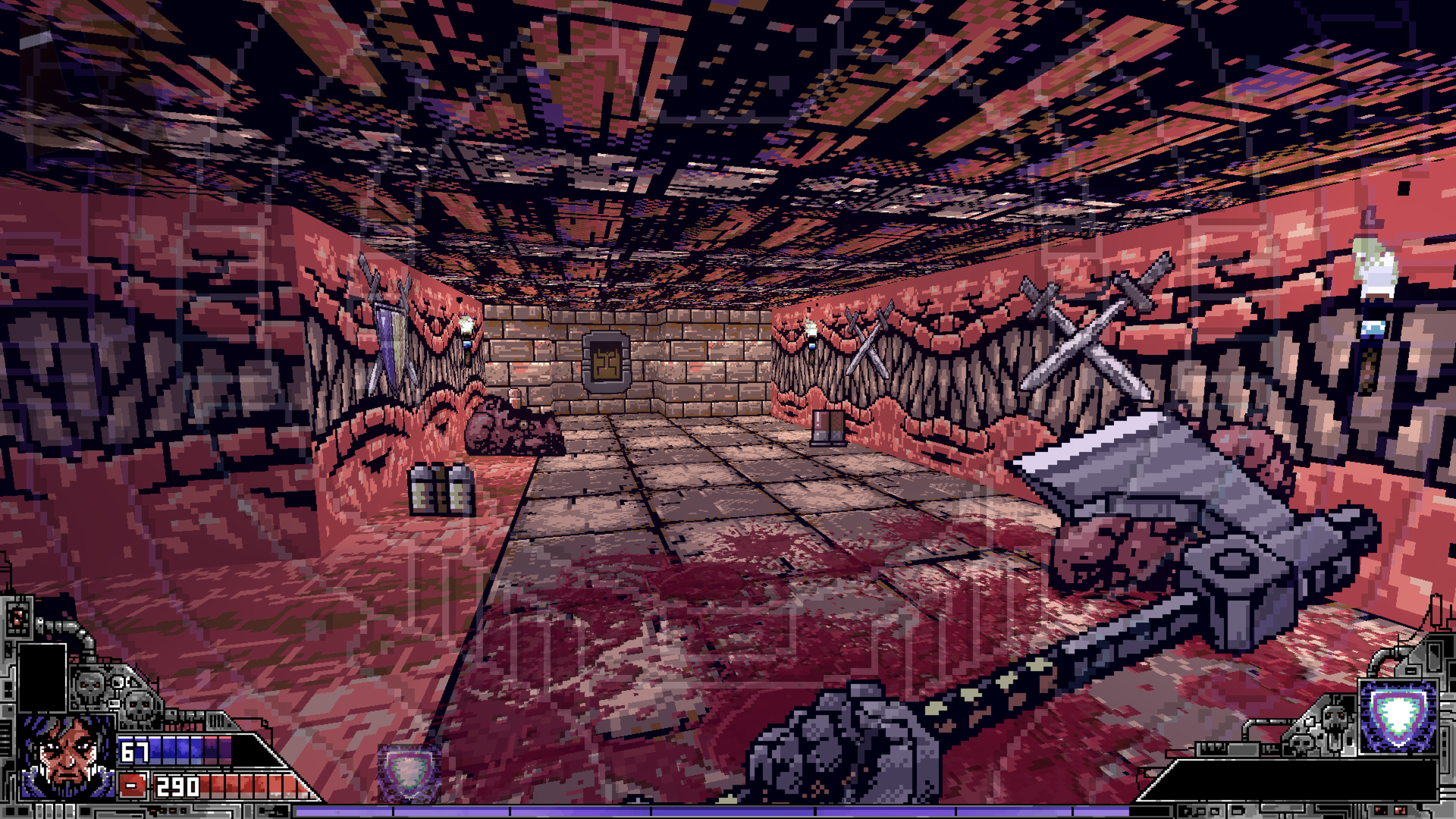
-
Project Warlock Review #39
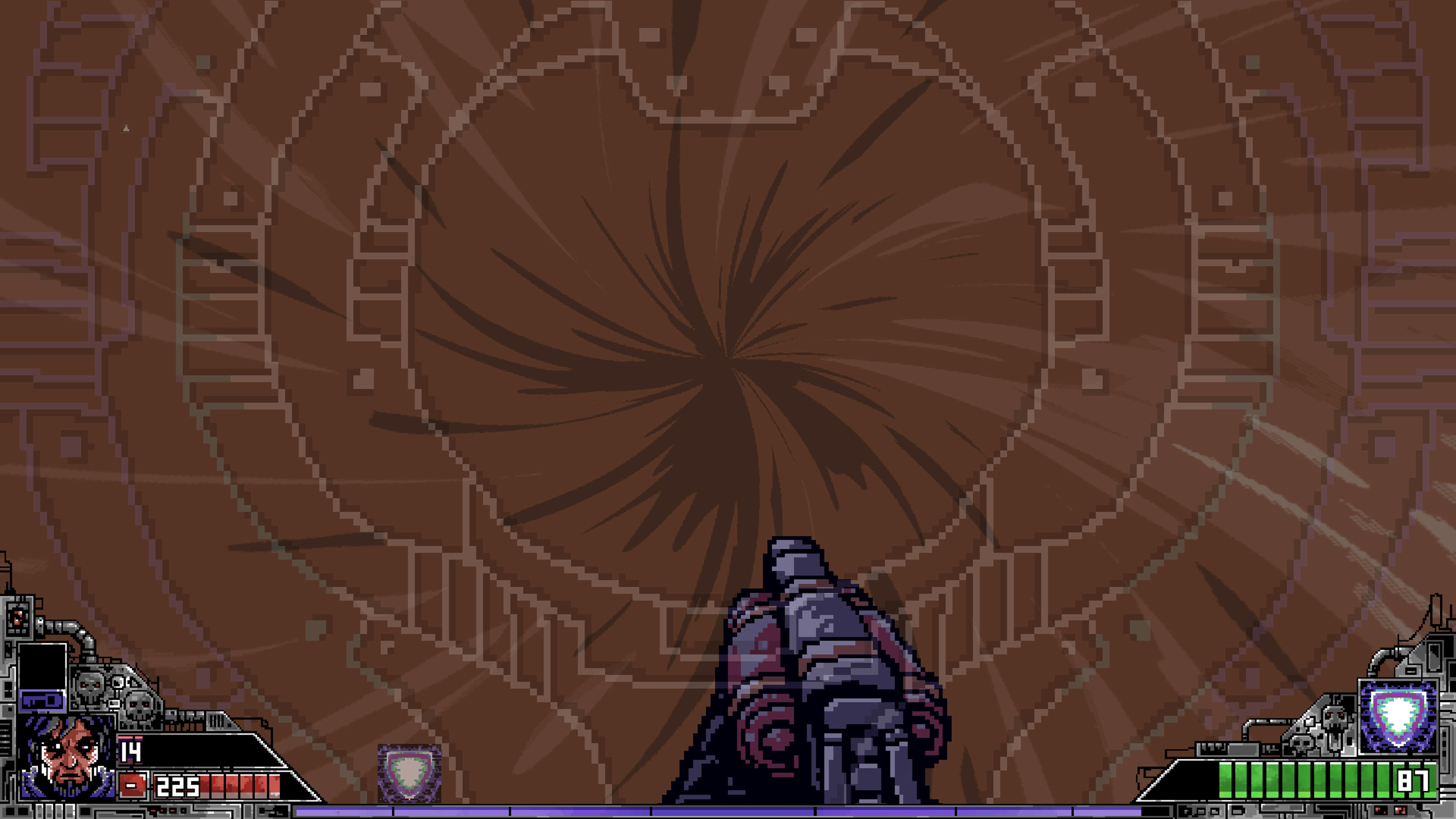
-
Project Warlock Review #40
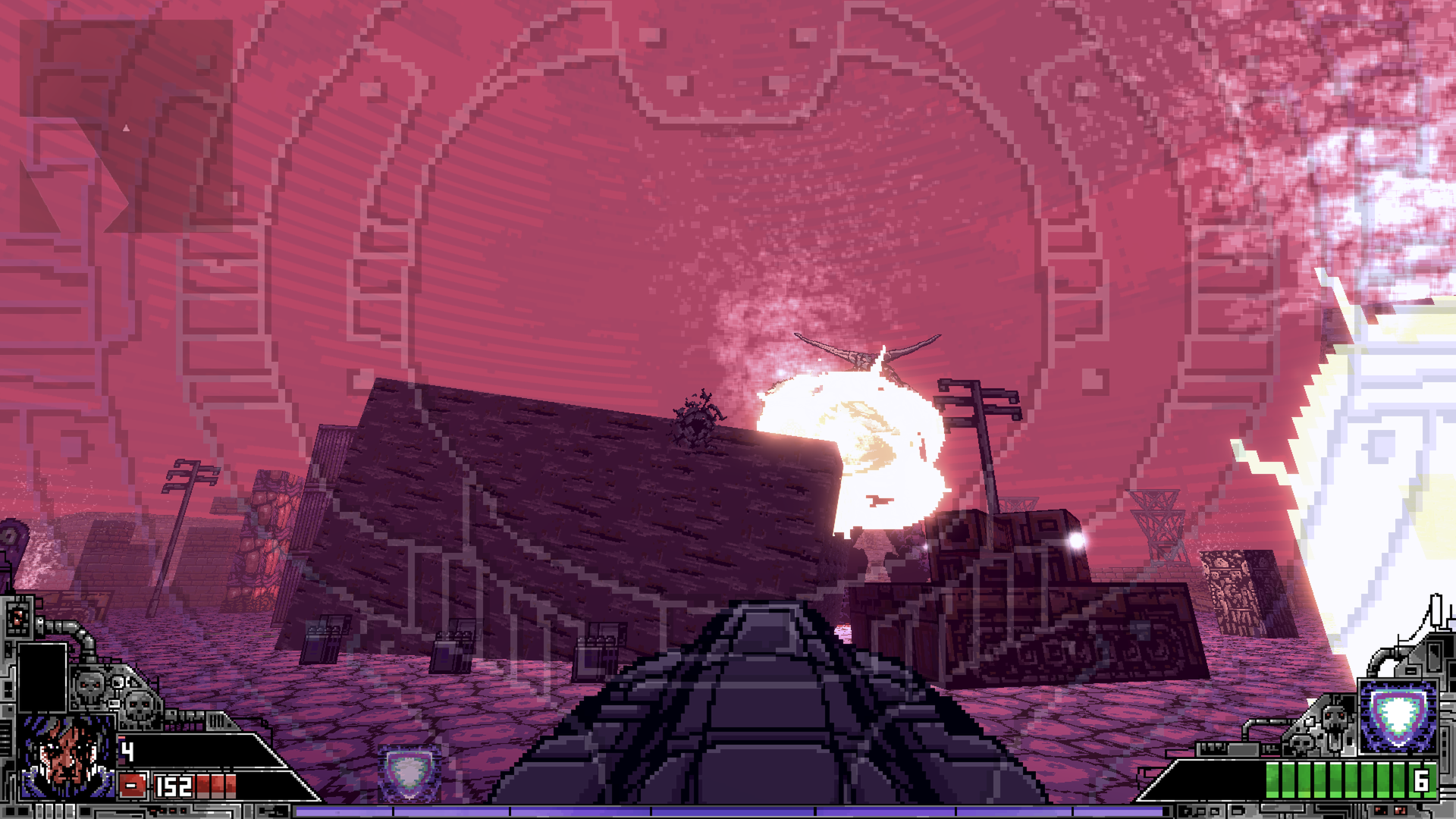
-
Project Warlock Review #41
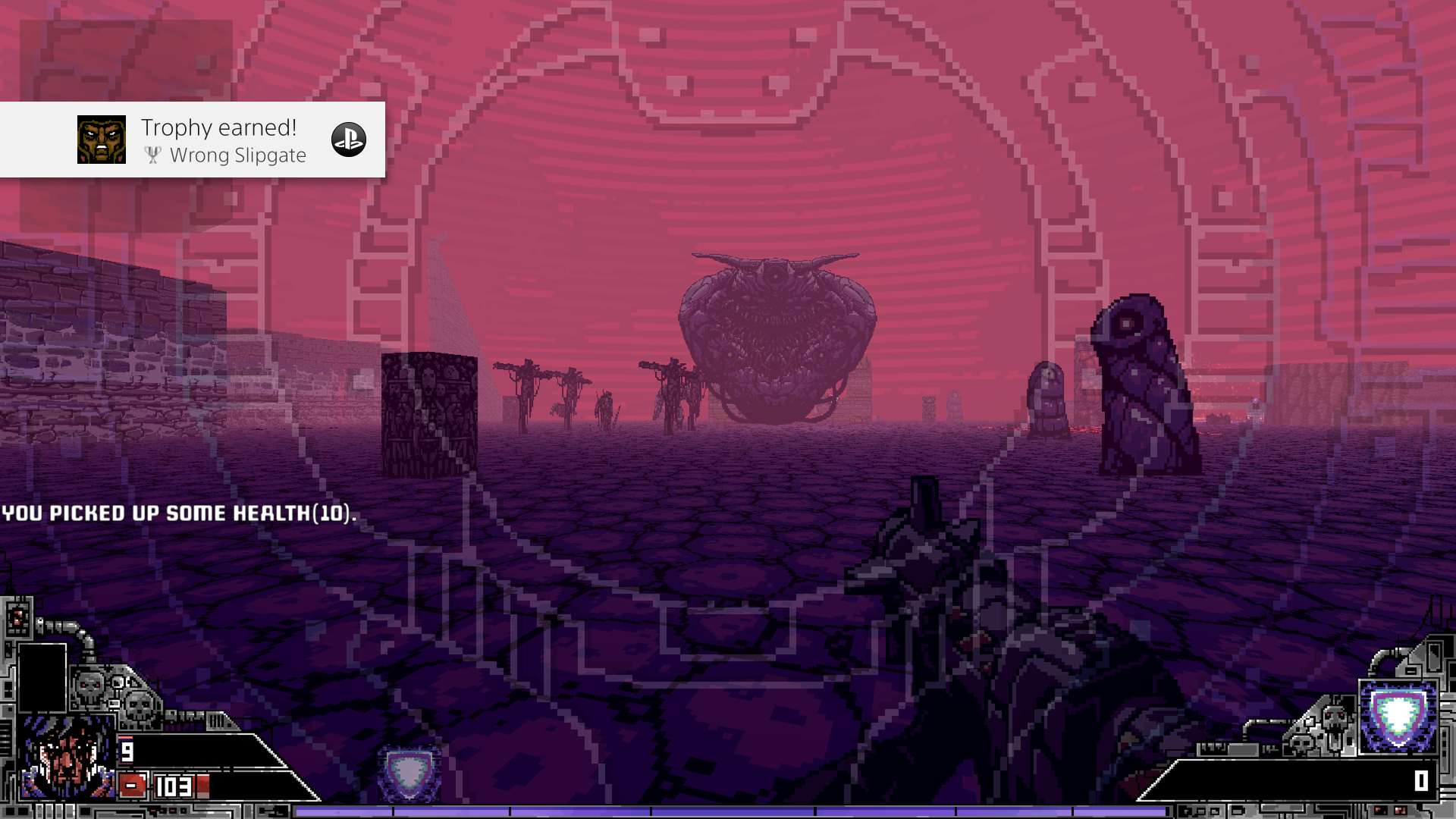
-
Project Warlock Review #42
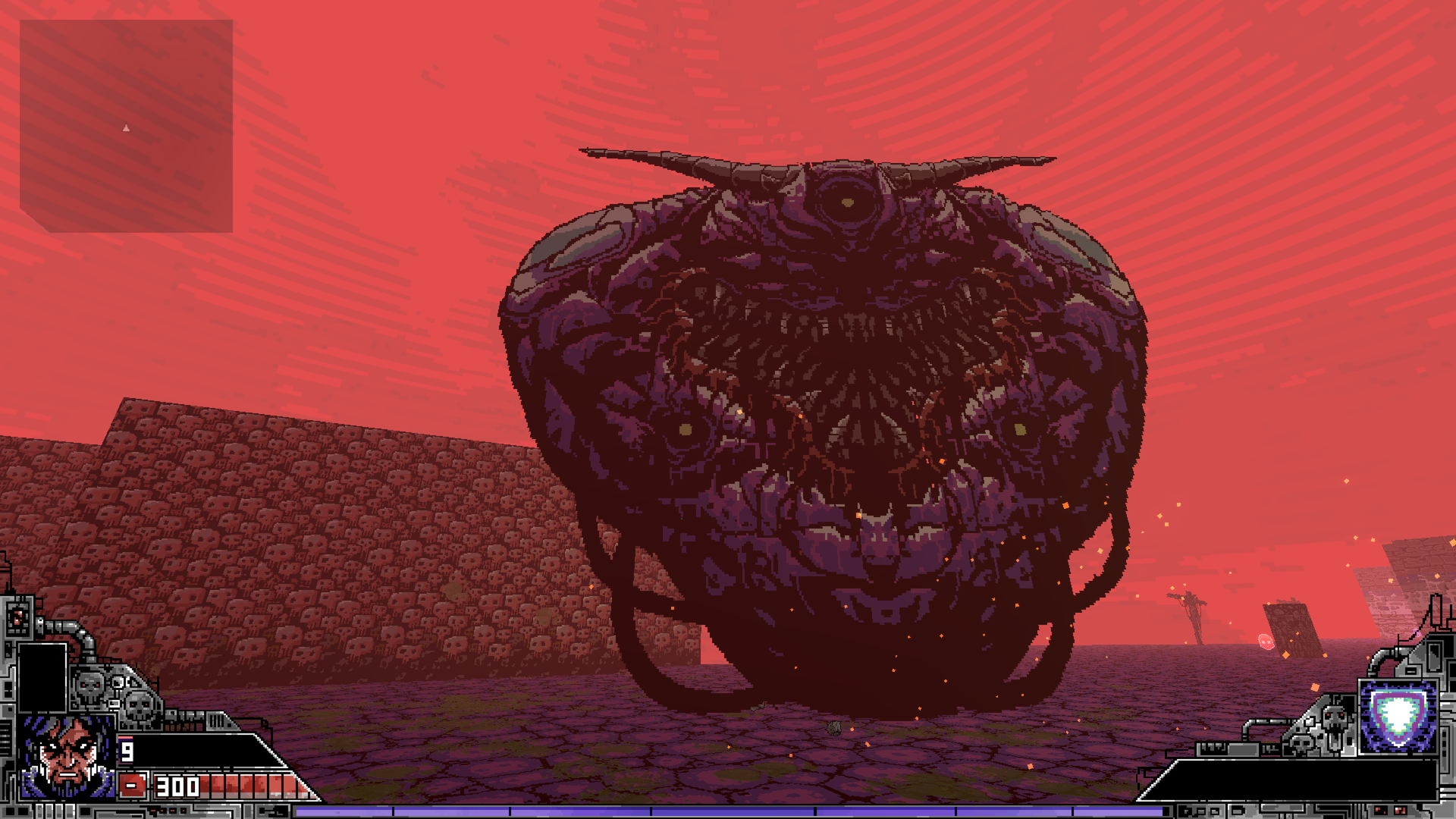
-
Project Warlock Review #43
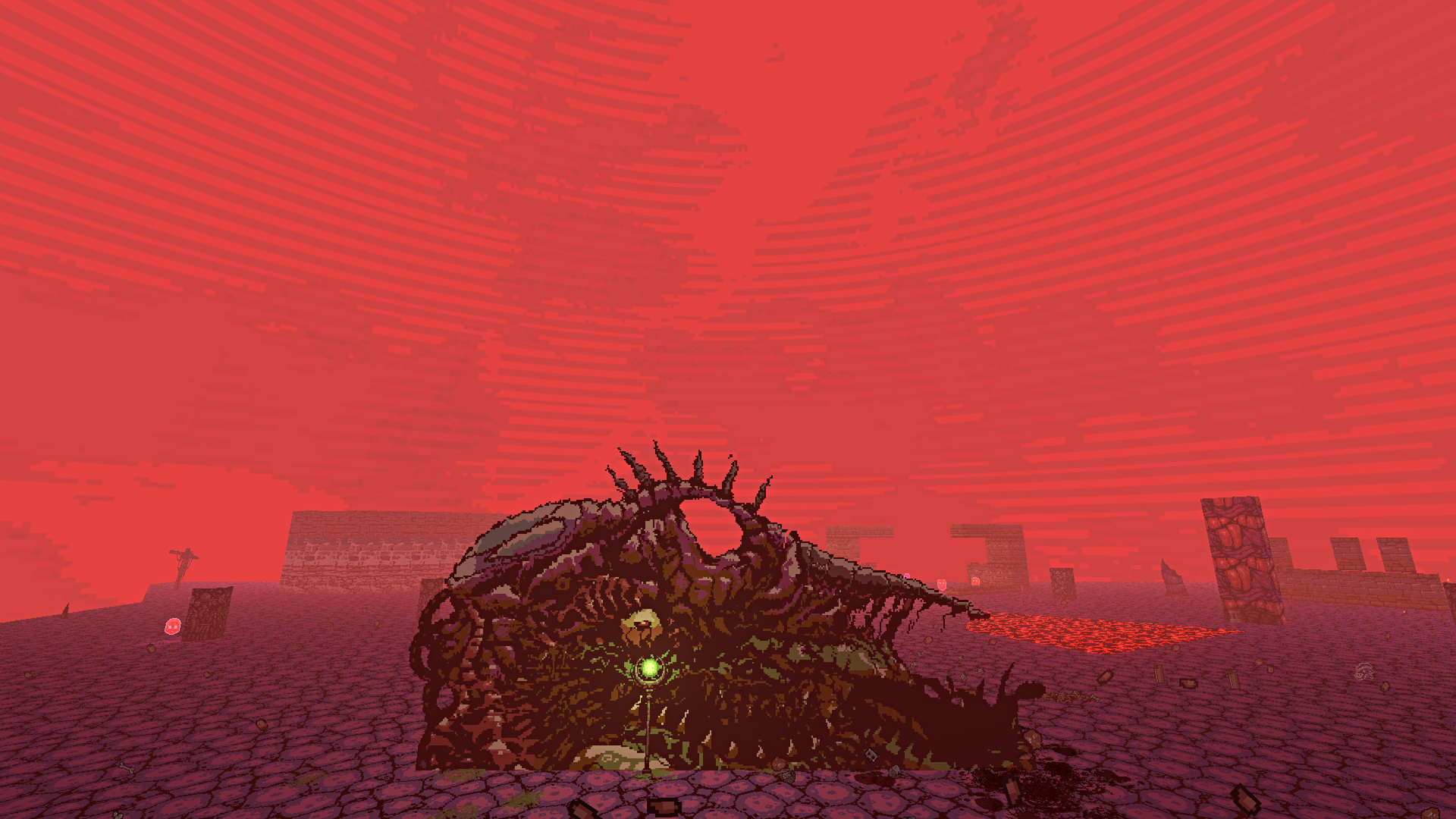
-
Project Warlock Review #44
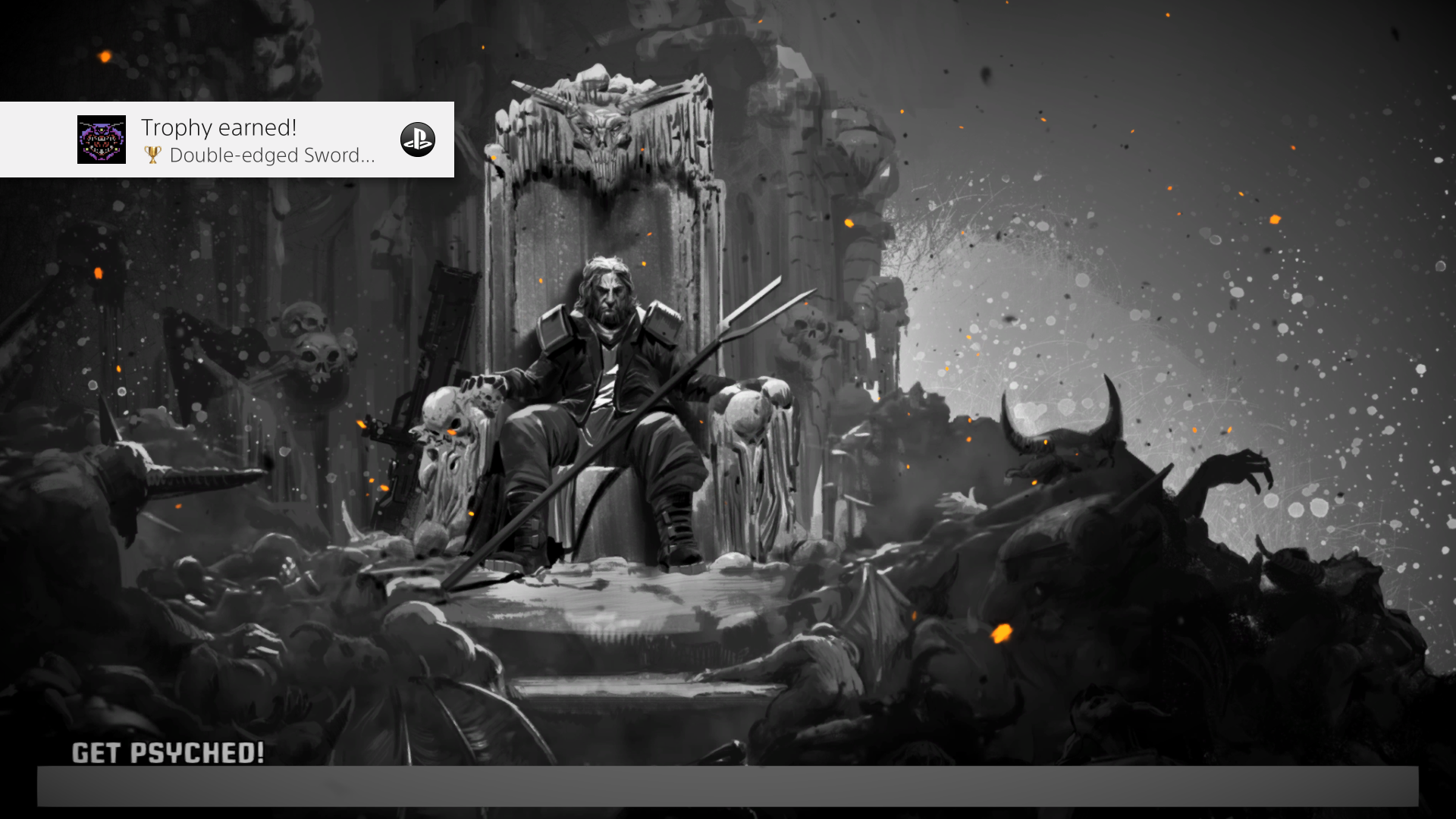
-
Project Warlock Review #45
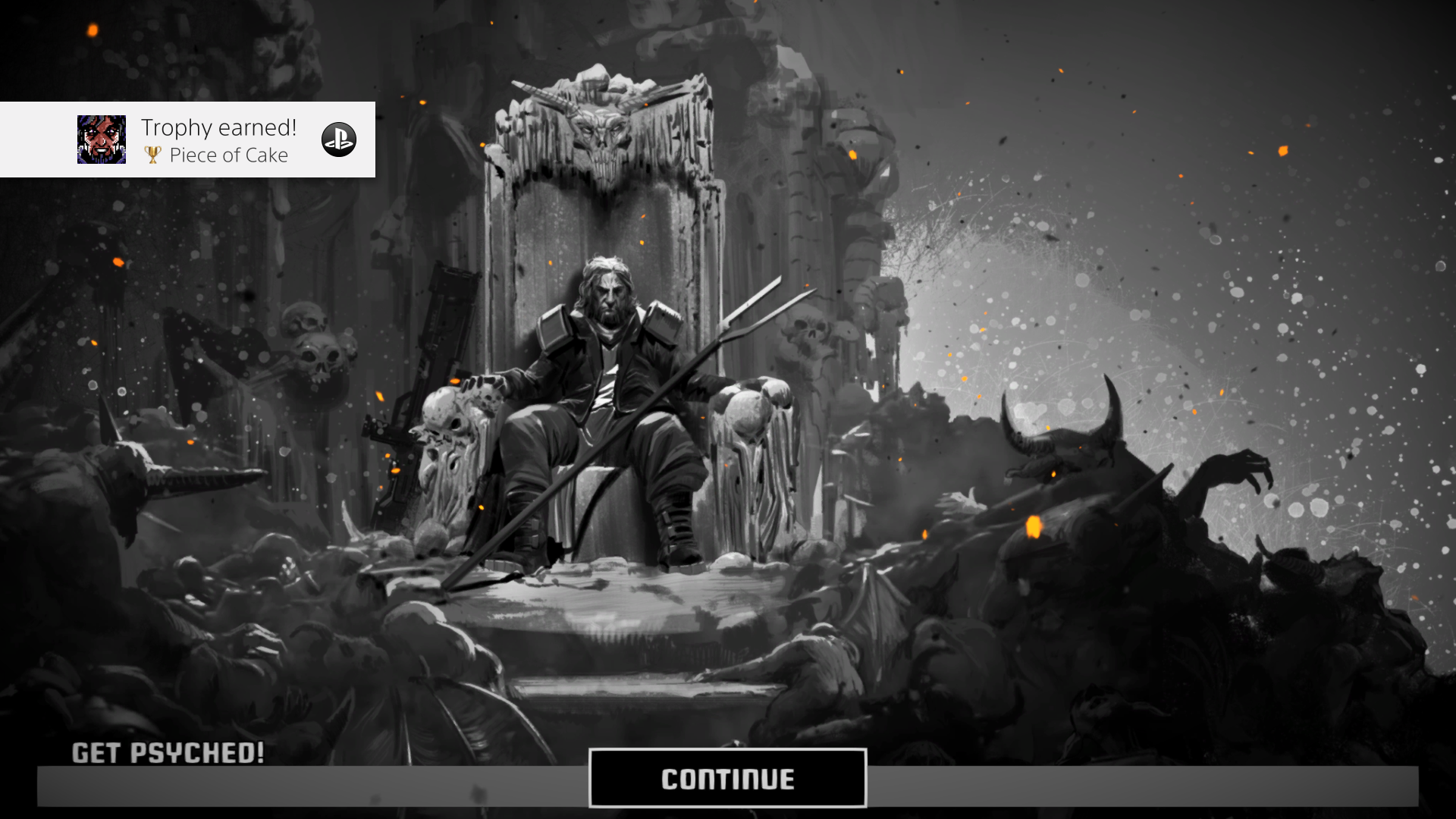
-
Project Warlock Review #46

-
Project Warlock Review #47
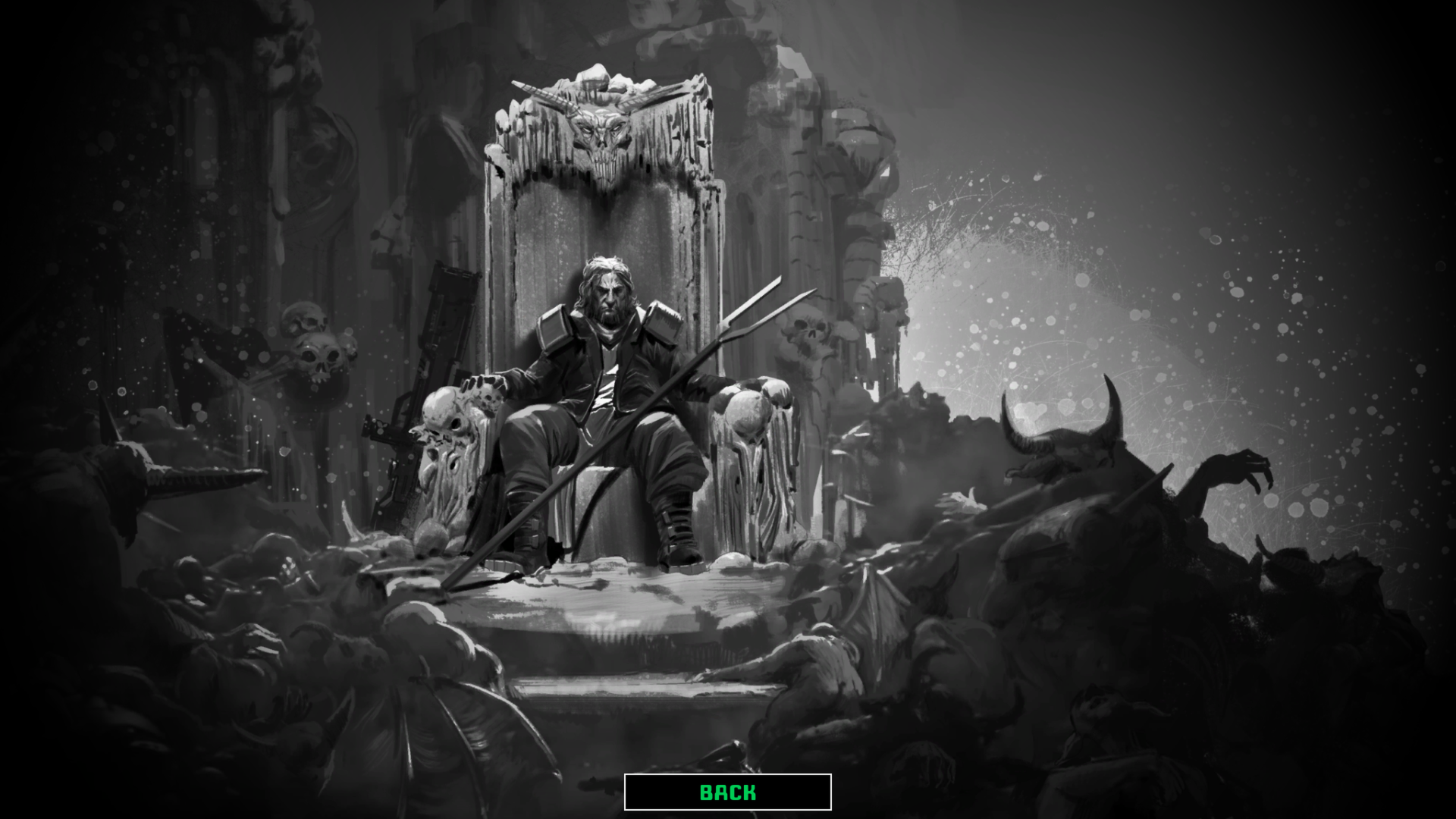
-
Project Warlock Review #48
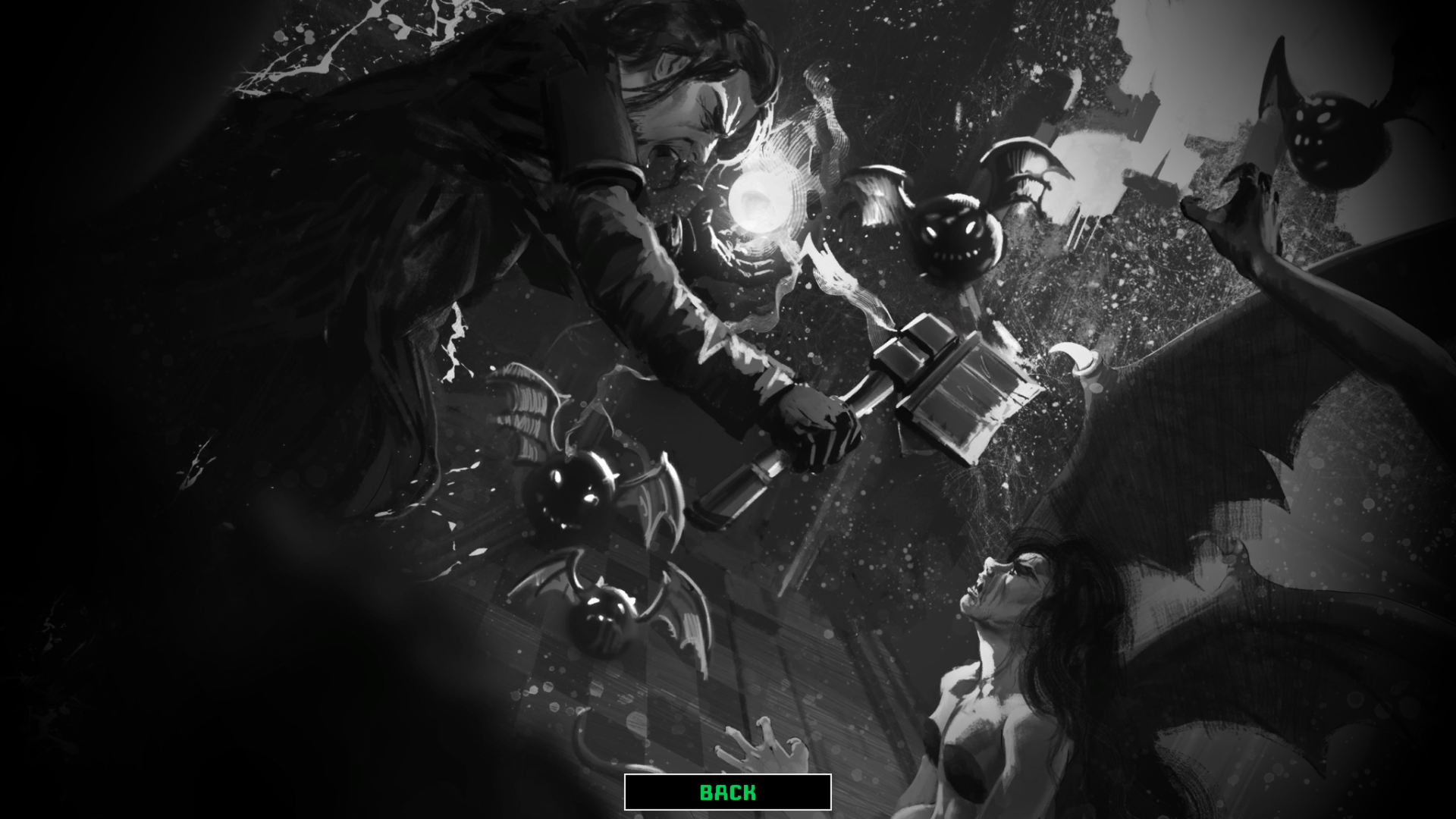
-
Project Warlock Review #49
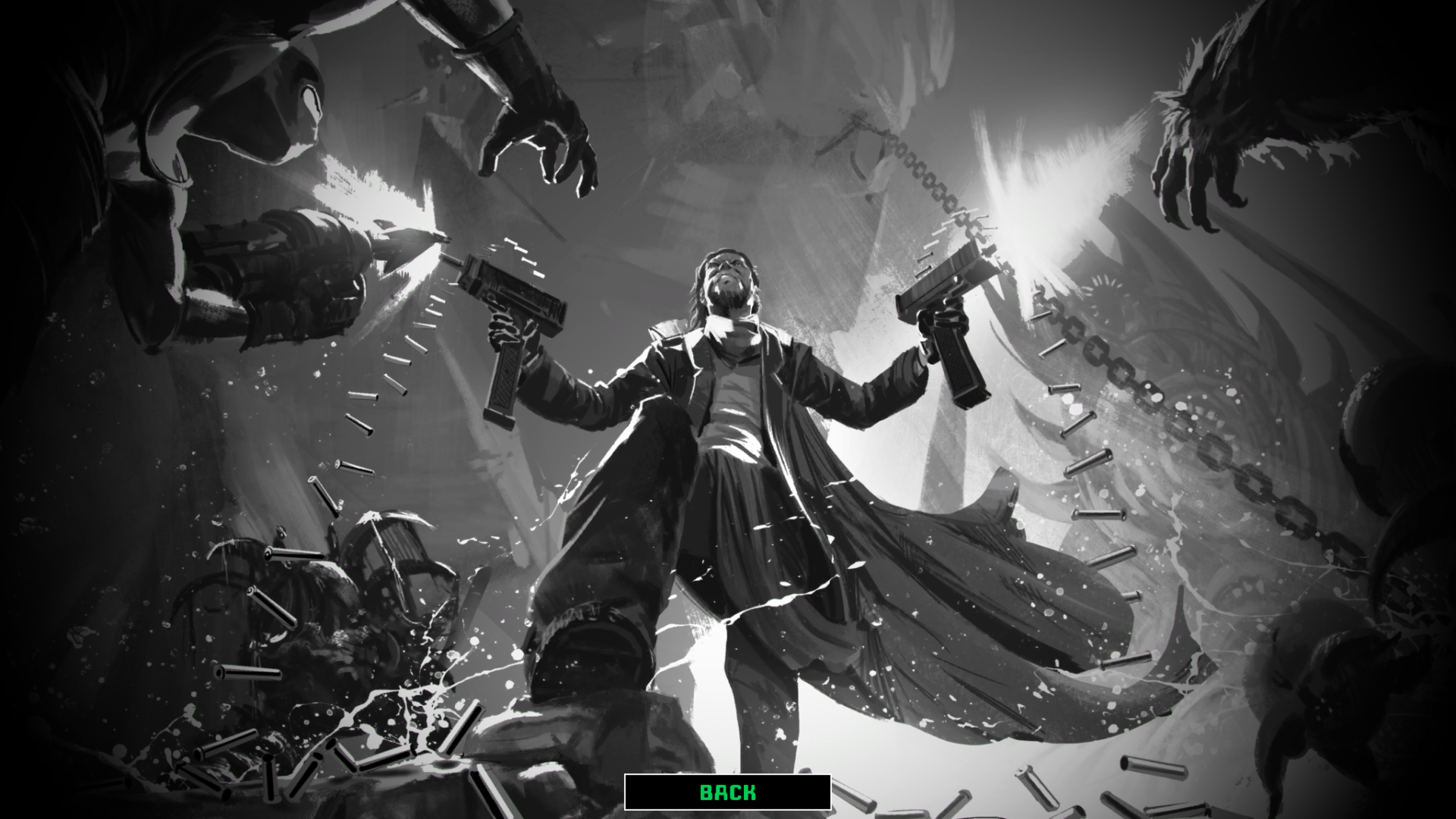
-
Project Warlock Review #50
